Straddling the “backbone of Long Island,” the central Queens neighborhood of Kew Gardens is bordered by Forest Hills Park and the Jackie Robinson Parkway to the west and north, Maple Grove Cemetery to the east, and Hillside Ave to the south. The land was purchased by developer Albon P. Man in 1868, who also bought adjacent Richmond Hill.
The area’s first significant development was the 65-acre cemetery, established in 1875. A stop on the Long Island Railroad, built to cater to commuting mourners, soon followed. For a while, there was nothing but the graveyard, the train station, and a short-lived golf course. After the golf course was bisected by a realignment of the LIRR train tracks, the Man family decided to develop it.
Albon’s anglophilic offspring, Alric and Albon, dubbed the new neighborhood Kew Gardens after the famous botanic garden in southwest London. They gave the streets English names like Abingdon, Grenfell, and Mayfair. Sticking with the theme, many of the new buildings were built in the Neo-Tudor style.
The opening of the IND subway station at Union Turnpike on the last day of 1936 precipitated a boom in six-story apartment buildings to accommodate a growing population.
BYSTANDER
As much as locals would like to move on, Kew Gardens will forever be associated with the murder of Kitty Genovese. On March 13, 1964, 28-year-old Genovese was raped and stabbed to death steps away from her Kew Gardens apartment building. As horrific as the crime was, it wasn’t until two weeks later, when the NY Times ran an article about the incident, that people began to take notice.
The callous indifference of Genovese’s neighbors terrified people as much as the murder itself, perpetuating long-held biases about the selfishness and cruelty of modern cities, especially New York. An oft-repeated quote from one of the witnesses - “I didn’t want to get involved”- was seen as emblematic of widespread urban apathy.
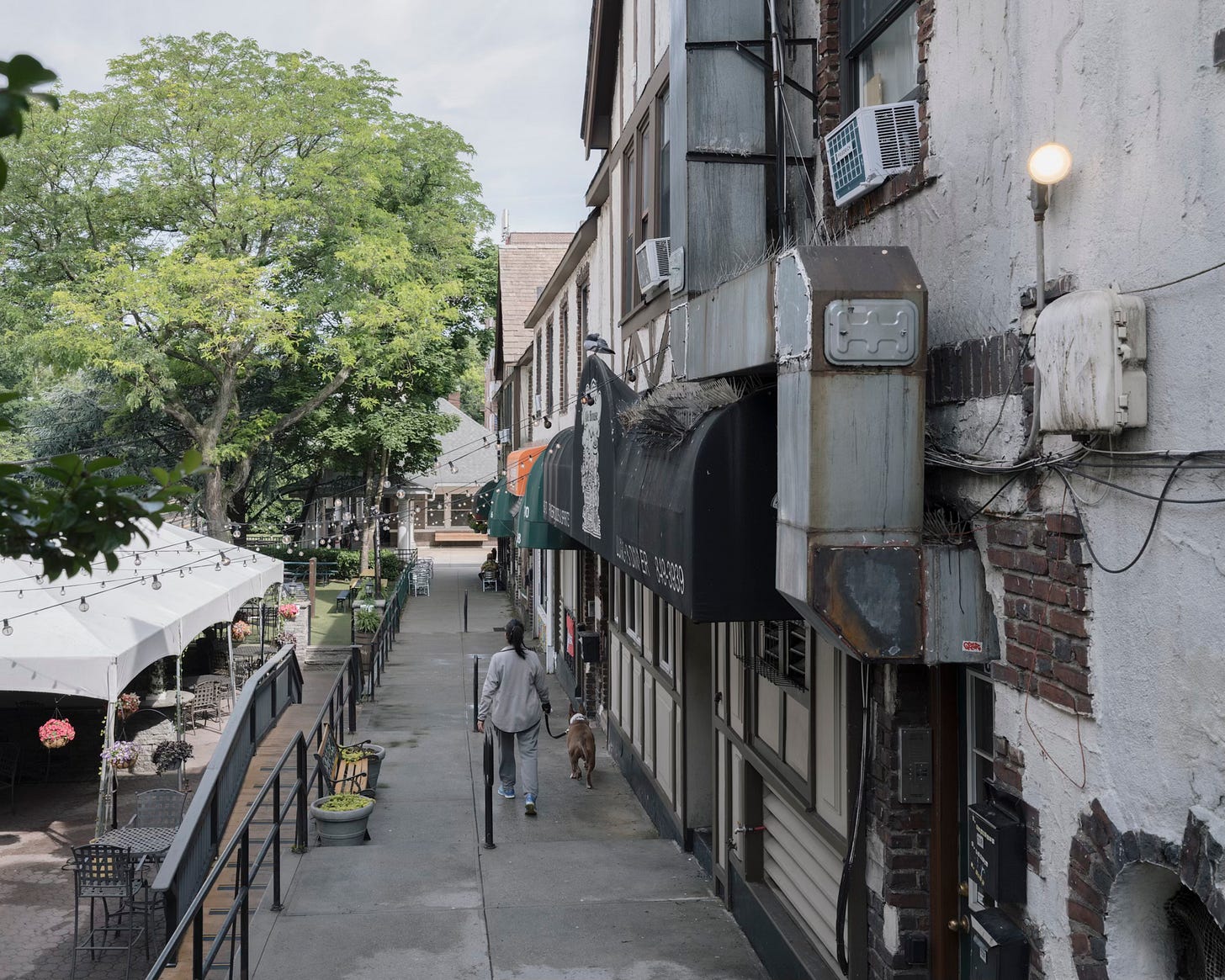
The incident gave rise to the idea of the bystander effect, the theory that the more people around, the less likely any of them will offer their help to someone in need. It also inspired Phil Ochs to write the disturbingly upbeat song "Outside of a Small Circle of Friends" in 1967.
Oh, look outside the window, there's a woman being grabbed,
They've dragged her to the bushes and now she's being stabbed.
Maybe we should call the cops and try to stop the pain,
But Monopoly is so much fun, I'd hate to blow the game.
And I'm sure it wouldn't interest anybody,
Outside of a small circle of friends.
Eventually, some fifty years later, the Times admitted that their initial reporting had been full of inconsistencies. In reality, there were far fewer witnesses, and most of them did not realize that an assault was taking place. The police were called, and Genovese’s last minutes were spent in the arms of her neighbor.
Though the Bystander effect is discussed in practically every introductory psychology textbook, a recent 2019 study by Marie Rosenkrantz Lindegaard, a senior researcher at the Netherlands Institute for the Study of Crime and Law Enforcement, casts some serious doubt on the theory’s validity. By studying 219 incidents captured by security cameras in three different cities - Amsterdam, Cape Town, and Lancaster - the study found that “the greater the number of bystanders, the higher the chance of intervention.”
Bill Genovese made a documentary called The Witness that you can watch for free on YouTube.
NO RESPECT
While there are no monuments or plaques marking the 1964 murder, another Kew Gardens resident who lived in the same building as Kitty Genovese has both a plaque and a mural celebrating his time in the neighborhood.
Rodney Dangerfield (born Jacob Cohen) moved to Kew Gardens in the early 1930s with his mother and sister when he was ten years old. They lived in an apartment over Bailey’s Pub, now Austin’s Ale House.
I live in a tough neighborhood. They got a children’s zoo. Last week, four kids escaped.
While Rodney’s jokes often referenced the tough neighborhood he grew up in, Kew Gardens was anything but in the 40s. Growing up poor in a well-off neighborhood laid the foundation for his stand-up act. His iconic “I don’t get no respect” tagline was inspired by being forced to do things like deliver groceries to his classmate's families after school. Dangerfield, of course, went on to become one of the biggest names in stand-up, starring in Caddyshack and Easy Money and even having a rap single in the Billboard Top 100.
CREW GARDENS
Equidistant from JFK and Laguardia, Kew Gardens has been popular with flight crews since the 1960s. It is estimated that thousands of flight attendants and pilots live part-time in the neighborhood, earning it the nickname “Crew Gardens.” Most of them sleep in shared rentals known as “crash pads,” which is, in my opinion, a terrible name for anything related to the aviation industry.
The crash pads are apartments set up as dorm rooms with rows of bunk beds. For as little as $250 a month, you can get a bed to sleep in when you are in town. Popular nightlife options for crash padders include Hangar 11, with their signature cocktail, “JetBlues,” a turbulent mixture of coconut rum, white rum, pineapple juice, and blue curacao. Barf bags not included.
MAKE TREE STAPLING ILLEGAL AGAIN
Walking through the large single-family homes on the edge of Forest Park, I couldn’t help but notice a dark blue house with a matching limo festooned with Make America Great Again banners. I later found out that the home belonged to Michael Ricatto, a real estate investor and unabashed Trump supporter.
In 2016, several of Ricatto’s Trump signs were stolen, so he installed some security cameras. After one of his cameras caught the thief in action, Ricatto printed several hundred flyers with the perp’s image and an offer of $5,000 for any information leading to his capture. When the teenagers he hired to blanket the neighborhood trees with the flyers ran out of tape, they switched to staples. For the next couple of weeks, Ricatto received numerous tips, including one that claimed it was Jesus who stole the signs. That turned out to be a hoax.
A few weeks later, three officers from the Parks Department showed up at his front door and delivered 22 summonses totaling $1,600 in fines. The city said the staples had caused $40,000 of damage. Ricatto, who dubbed the incident “Staplegate,” said it was a politically motivated hit job.
While the claim of such extensive damage to trees is dubious (the parks department itself frequently staples signs to trees during construction projects), it is illegal to affix signs to city trees. According to Section 10-119 of the New York City Administrative Code:
It is illegal for any person to affix any handbill, poster, notice, sign,
advertisement, sticker or other printed material upon any tree by any means. In addition, affixing any handbill, poster, notice, sign, advertisment, sticker or other printed material upon a tree by means of nailing or piercing the tree by any method shall have an additional penalty imposed equal to the amount of the original penalty.150-$200 - 1st Offense
$300-$550 - 2nd & Subsequent Offenses
In 2018, Ricatto was hit with another round of fines, this time from the New York City Campaign Finance Board. He had paid $23,000 for a series of newspaper advertisements and robocalls critical of the City Council candidate Bob Holden, calling him a “jackass in elephant’s clothing.” Failing to submit a legally required disclosure statement cost him over $4,000. Holden, who was not even running in Ricatto’s district, won the election easily.
SIGHTS AND SOUNDS
This week’s recording features several trains, some random yelling, an attempt to corral some kids at a yeshiva, and a good dose of birdsong.
FEATURED PHOTOGRAPHERS
If you search for photos of NYC from the first half of the 20th century, particularly of architecture, you will undoubtedly come across the work of the Wurts Brothers, Norman, and Lionel.
The brothers opened one of the first studios in the city to specialize in architectural photography. Norman (and later Lionel’s son Richard) made tens of thousands of images of buildings, interiors, and landscapes, all meticulously rendered with a large-format camera.
Besides the cars and signs, this stretch of Lefferts Boulevard looks much the same today. The Museum of the City of New York has an archive of 45,000 Wurts prints and negatives.
Odds and End
The NY Times article about the opening of the new subway stop on Union Turnpike in 1936 depicts a rather subdued affair, except for an account of a race to be first on the new train.
According to the article, Omero Catan had come all the way from the Bronx to be the first to ride from the new station, while local Harry Brenton claimed he had gotten there early from “mere force of habit of being punctual and with no particular effort to be a ‘first.’” Sure, Harry.
But then, out of left field, came the “dark horse” candidate, Henry Kurzenhauser of Glendale. While Caton and Brenton jockeyed for position at the north entrance to the subway, the canny Kurzenhauser had camped out at the southern entrance, a shrewd decision that ultimately earned him shared firsts bragging rights with Harry Brenton.
On a whim, I decided to Google Omero Catan and learned that his second-place finish was an anomaly. Catan was better known as Mr. First.
Catan recorded over 500 “firsts” during his lifetime, including being the first to skate at Rockefeller Center, the first to feed a New York parking meter, the first person to dive into New York City's first public swimming pool, the first person to ride the Madison Avenue bus, the first motorist on the New Jersey Turnpike and the first person the cross the Lincoln Tunnel. And that’s just the tip of the iceberg.
In his spare time, according to a 1936 issue of the New Yorker, he “collects four-leaf clovers, and now has two hundred of them, as well as seventy-five five-leaf clovers, two six-leaf, and probably the only seven-leaf in existence. Once, while he was on vacation, he taught a calf to shake hands.”
Catan also had a fierce rivalry with fellow firster George Horn, the 6’7” Queens native with whom he had multiple clashes.
In his later years, Omero became a competitive shuffleboarder and penned the bestseller “Secrets of Shuffleboard Strategy; Happiness is Shuffleboard.” The New York Times has an excellent obituary on Mr. First (gift link).
For some reason, someone an AI video to accompany Phil Och’s A Small Circle of Friends. It’s terrifying.
Did you know that Rodney Dangerfield’s wife keeps a bottle of his sweat in her fridge?

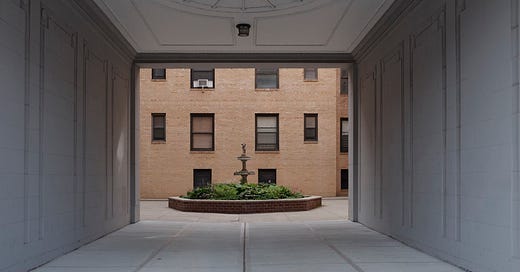


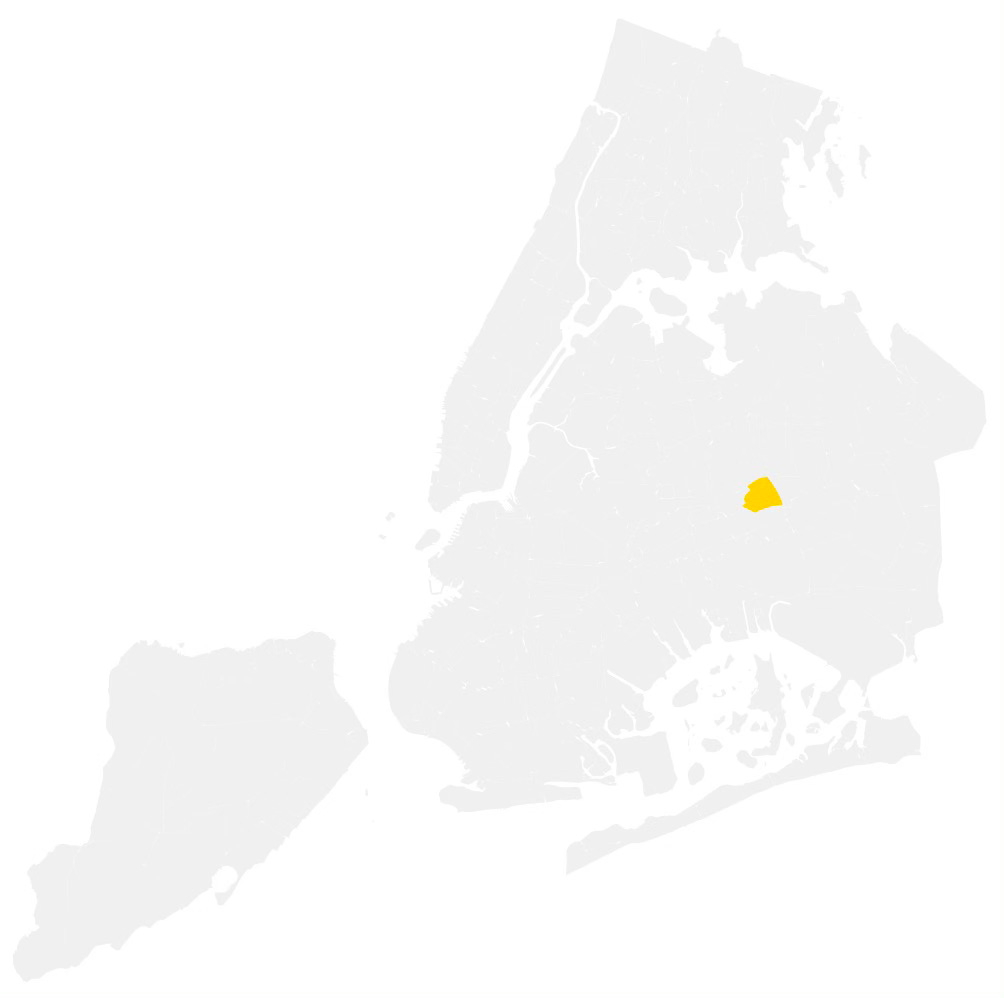
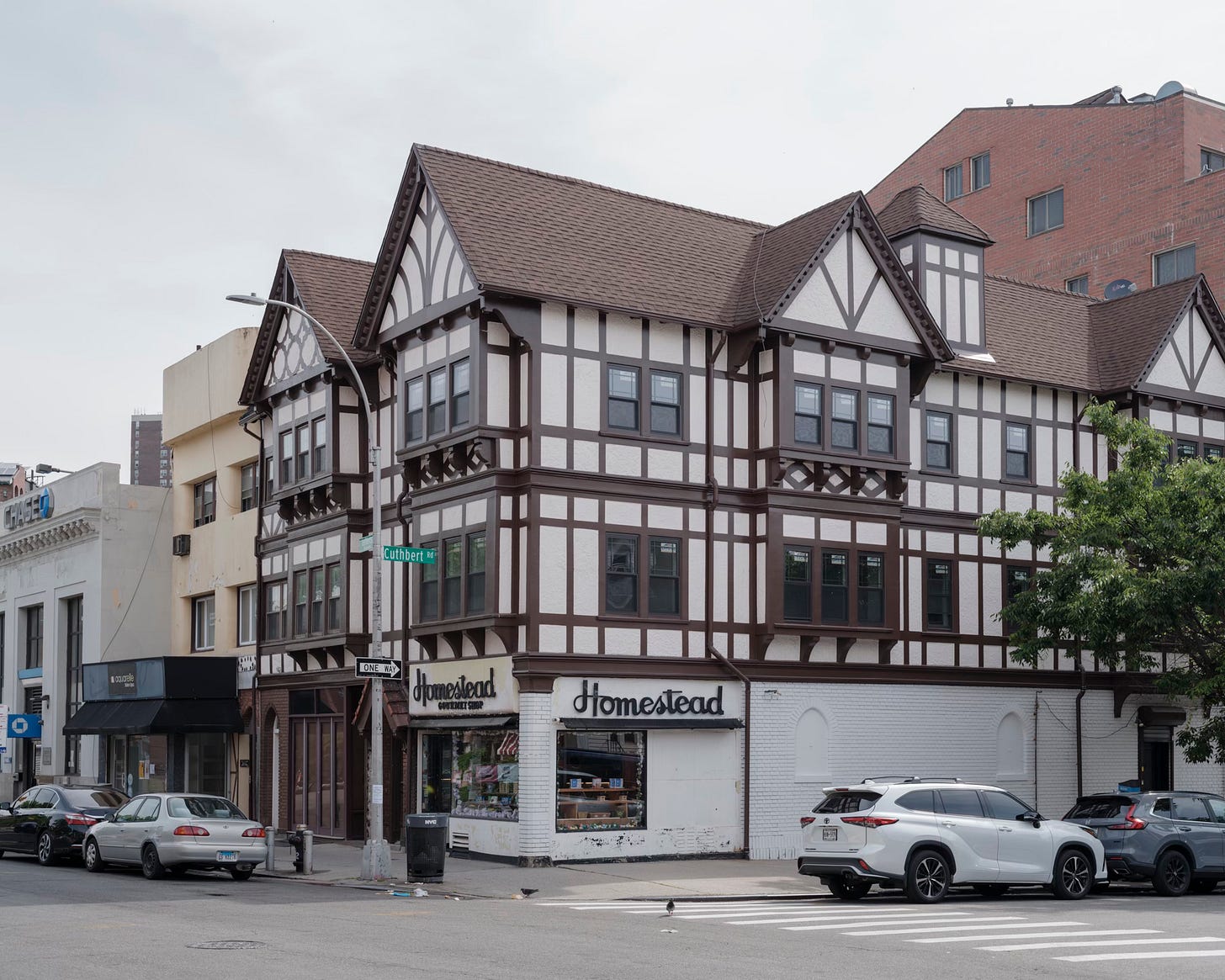
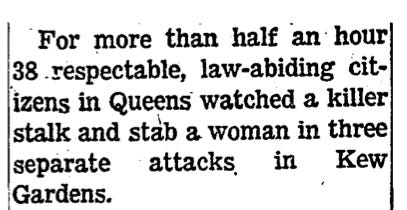
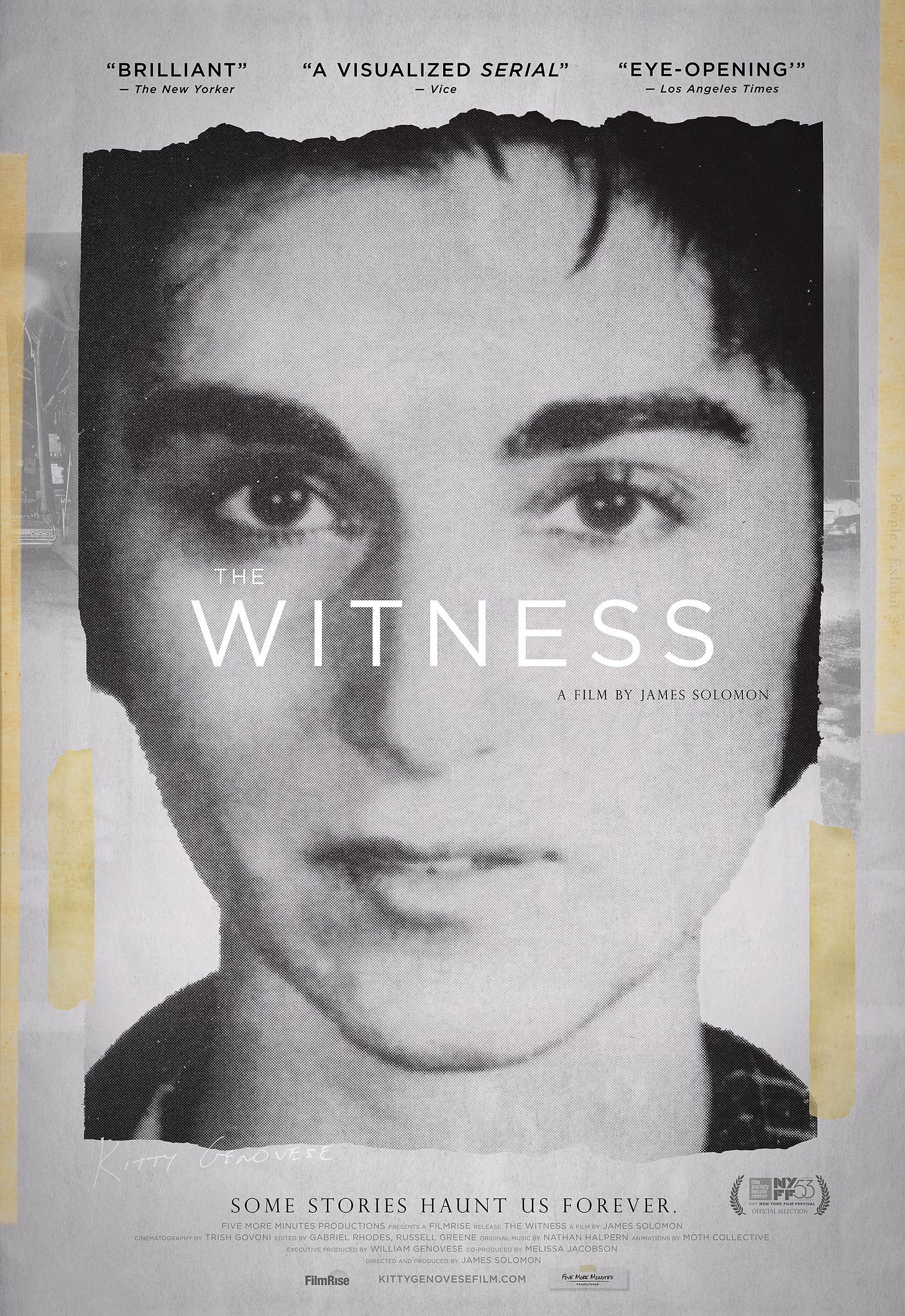
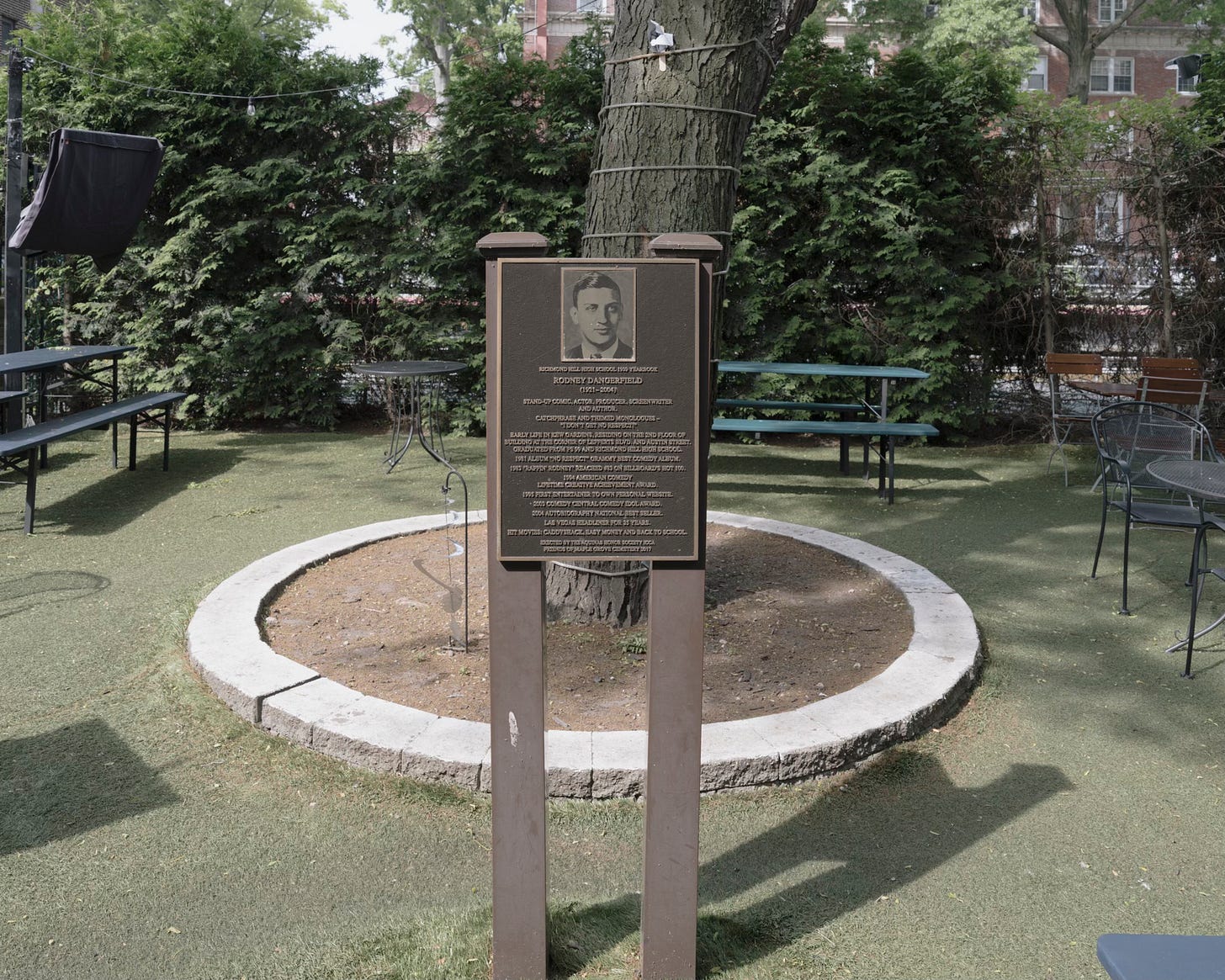
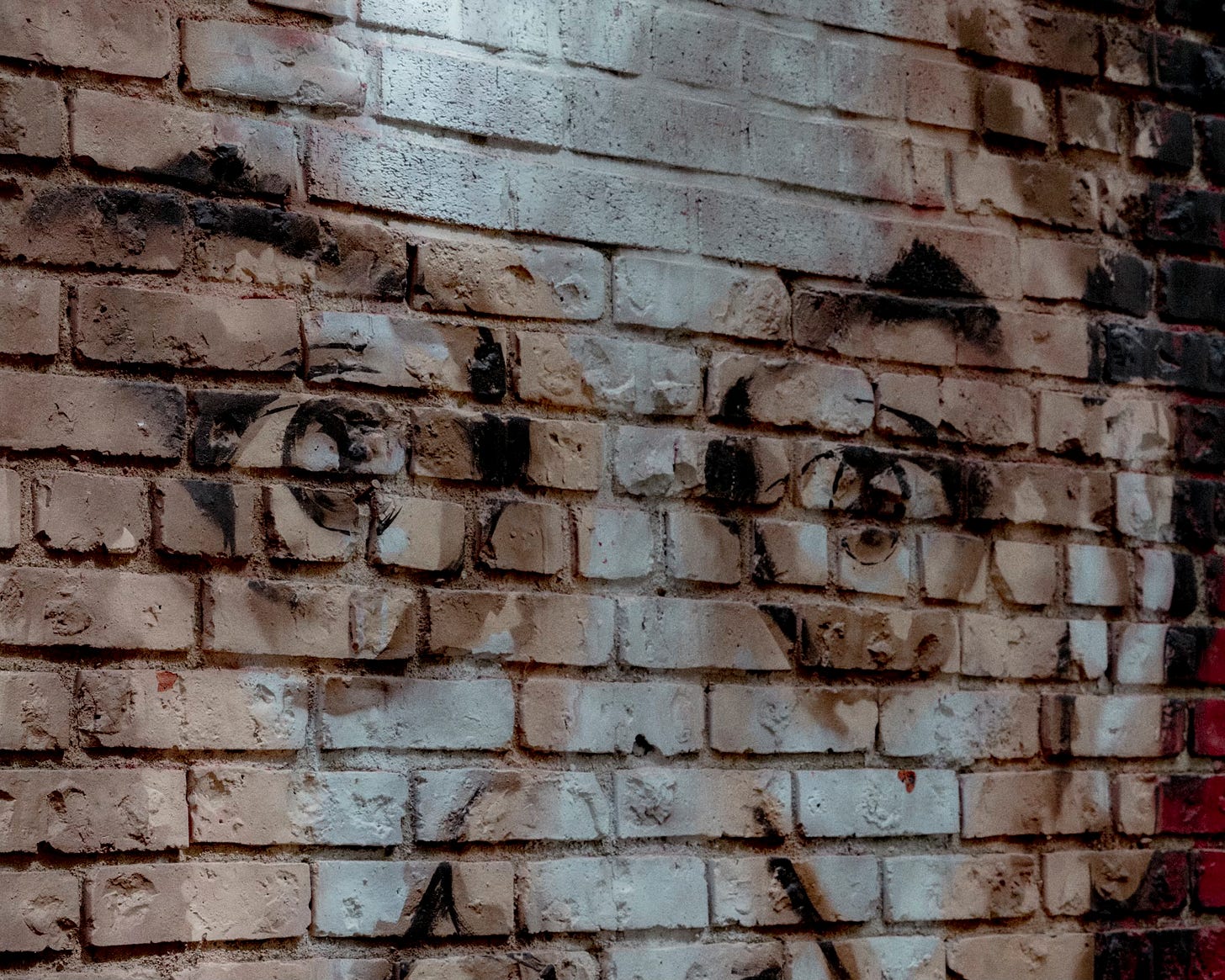

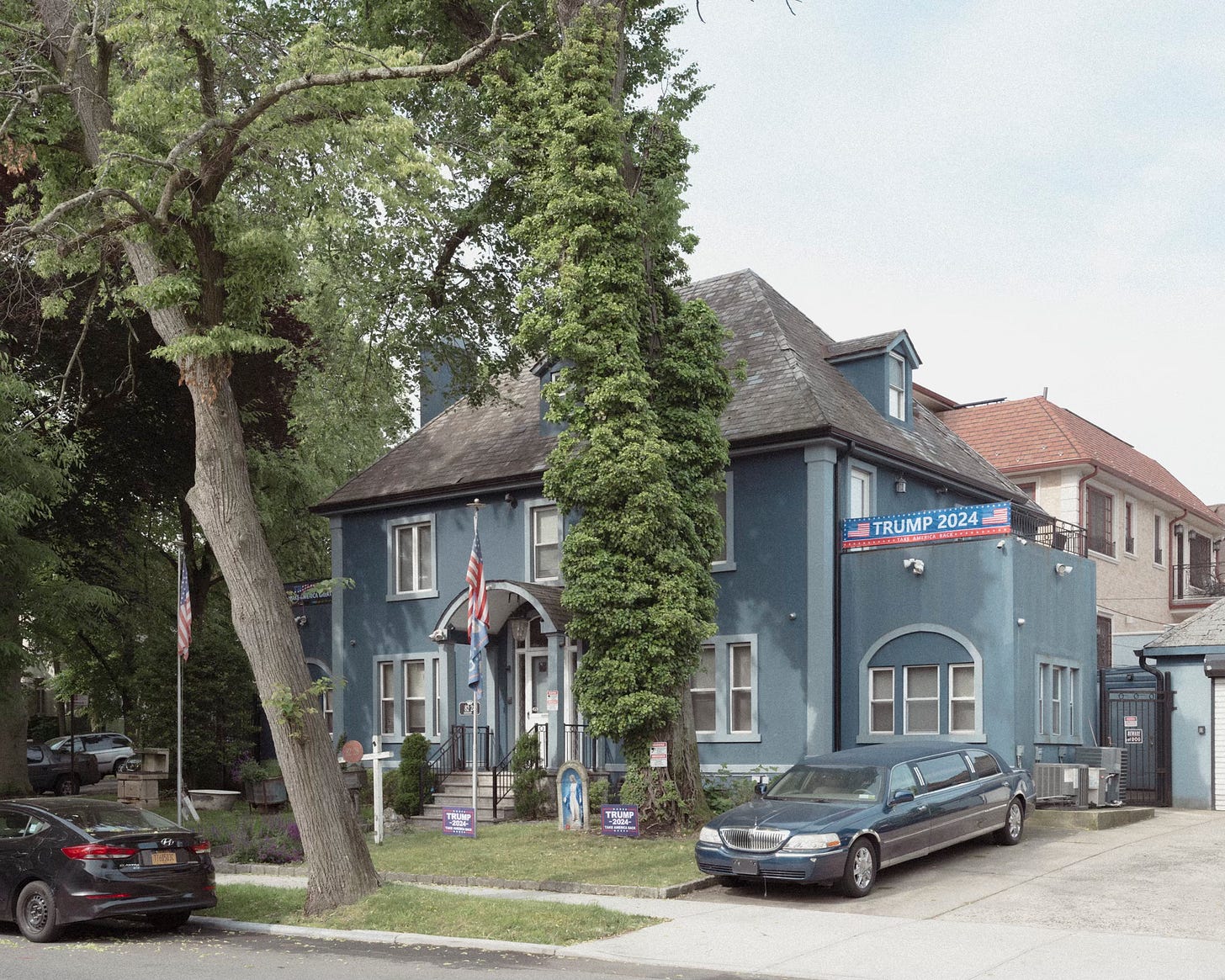
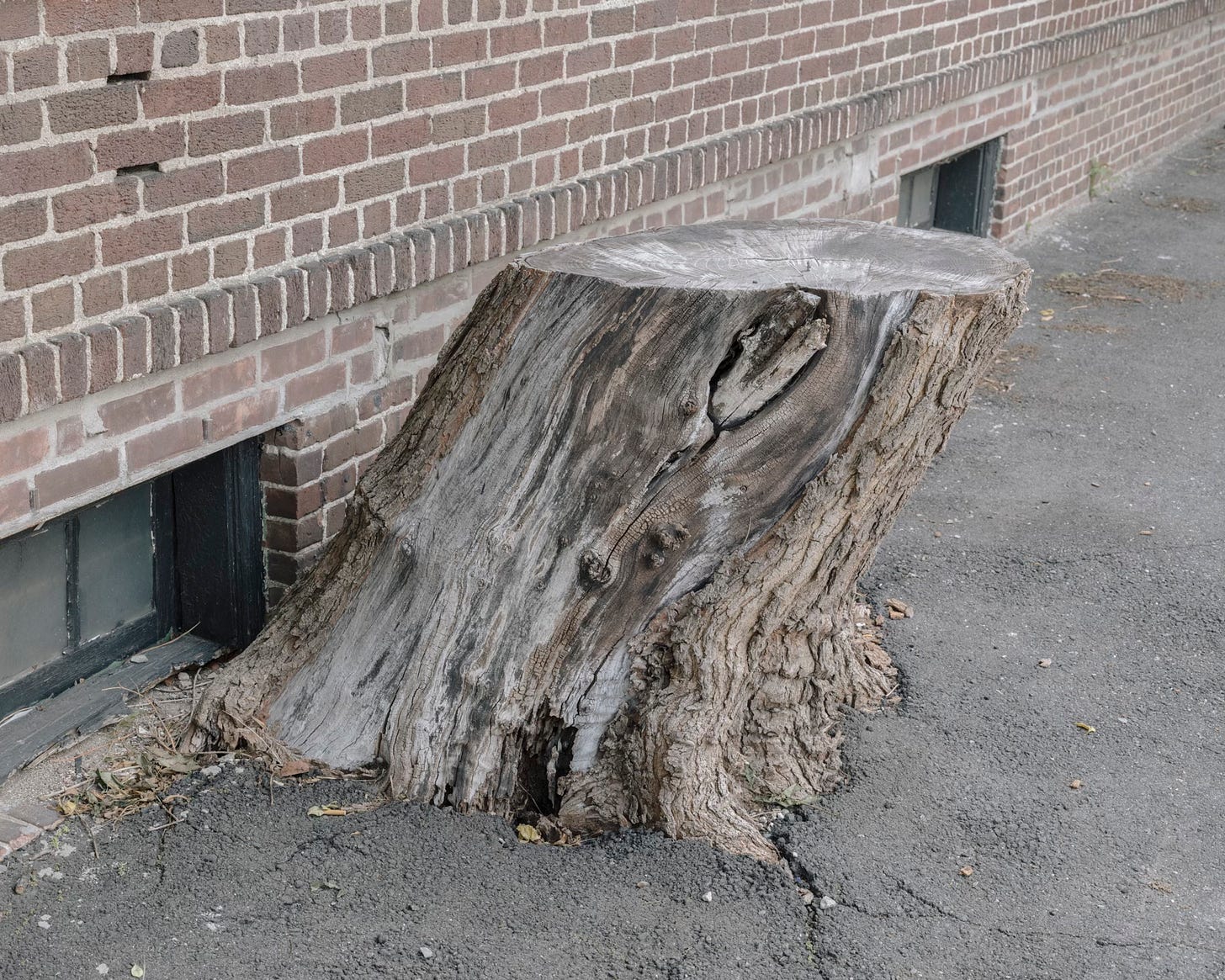
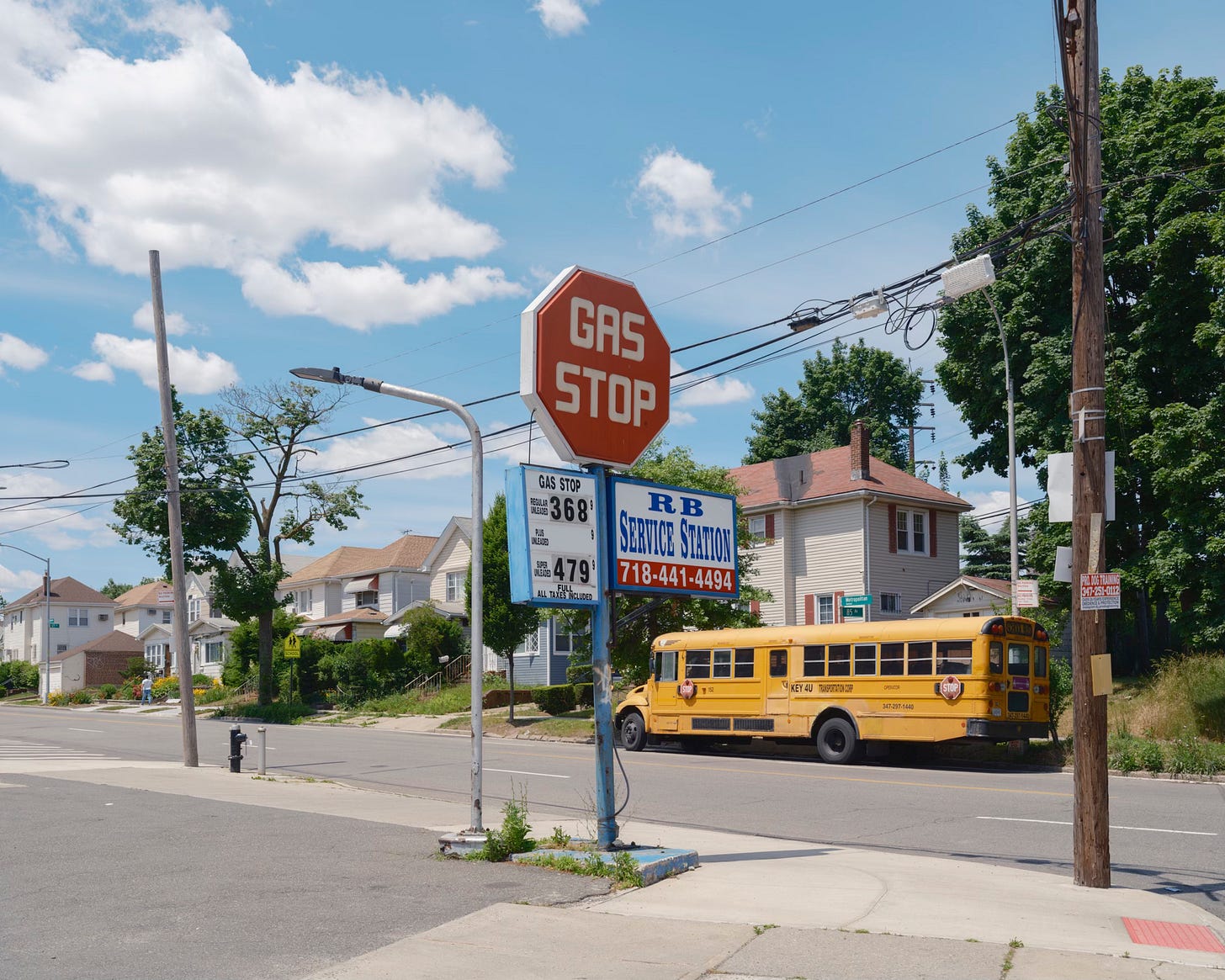

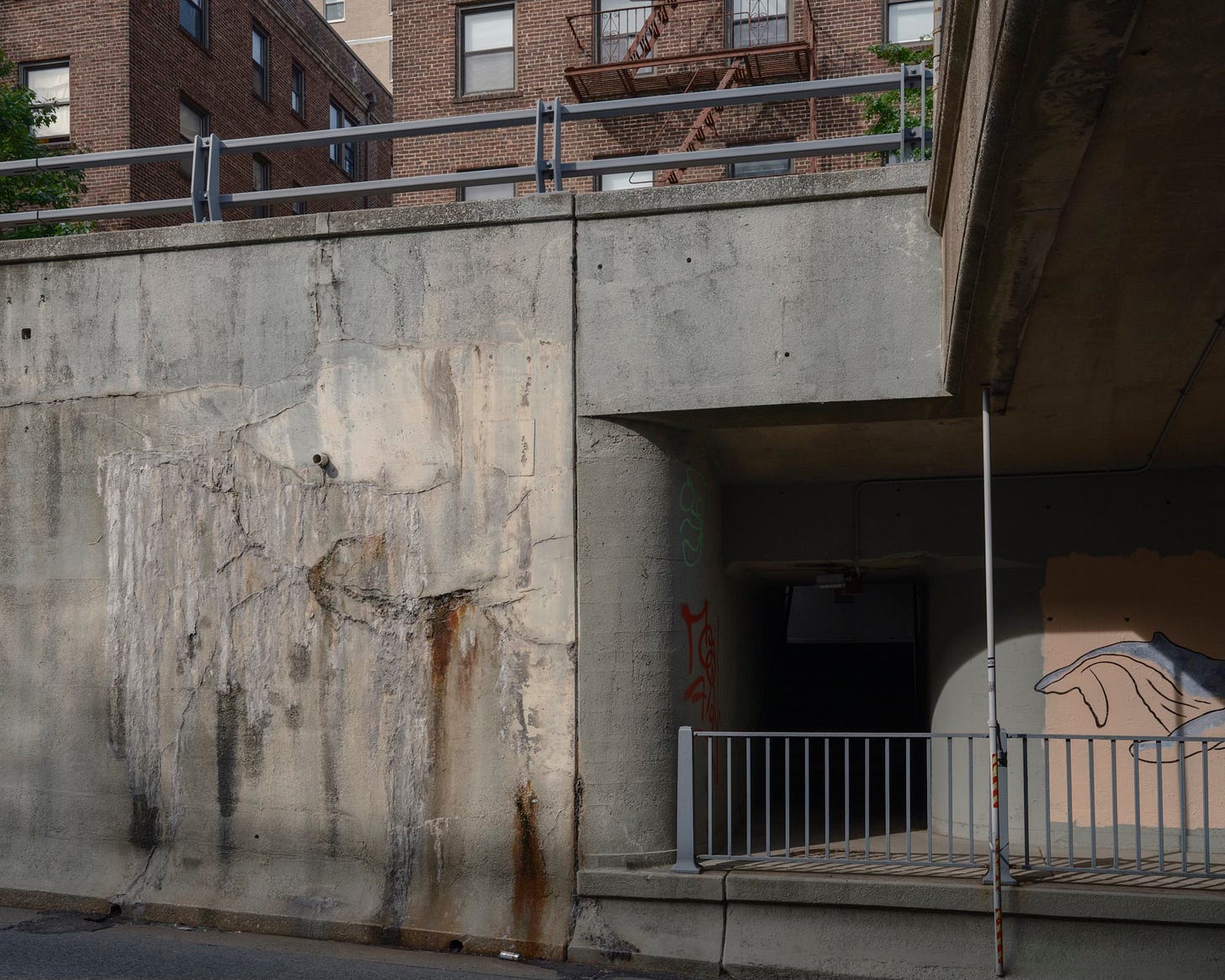
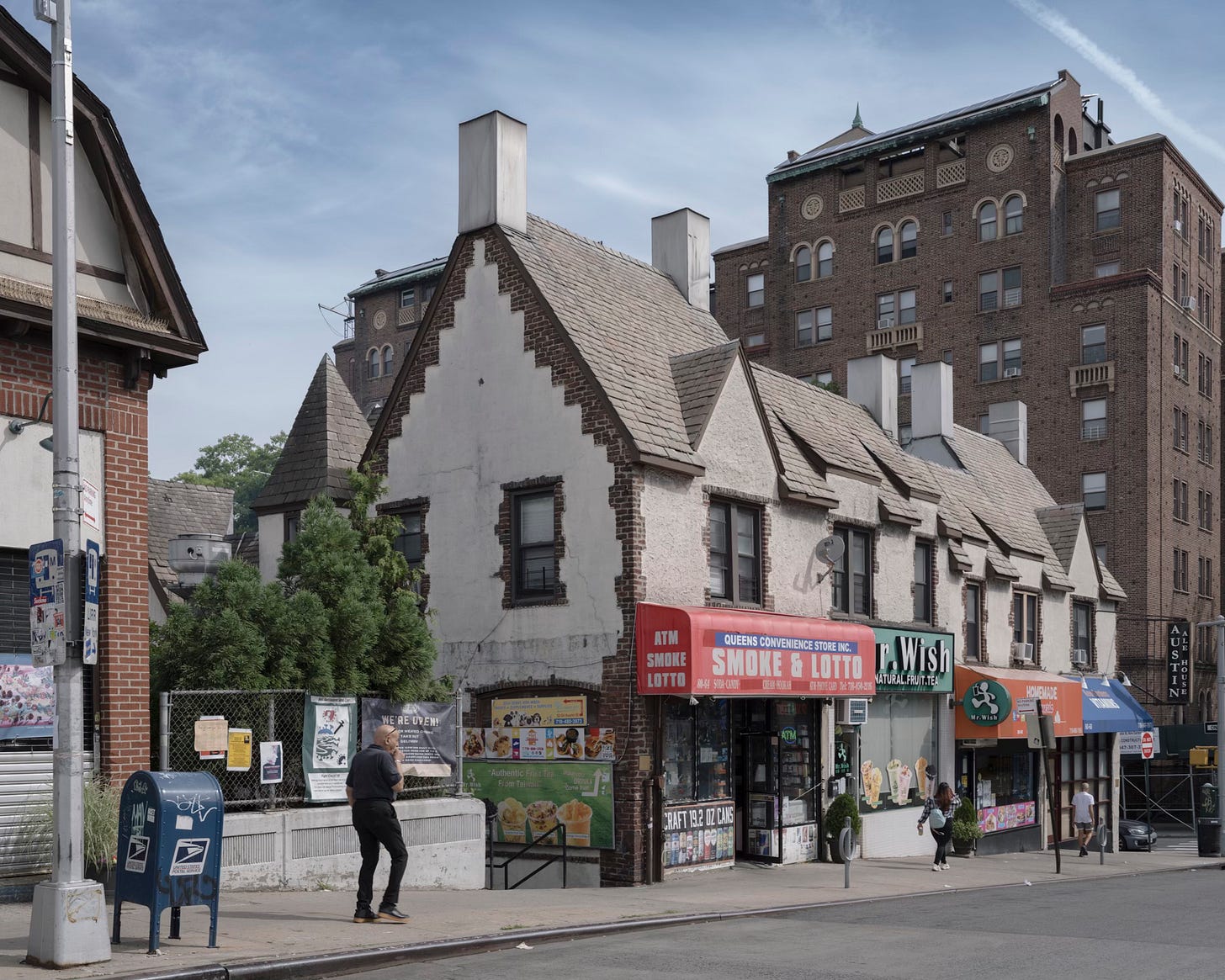

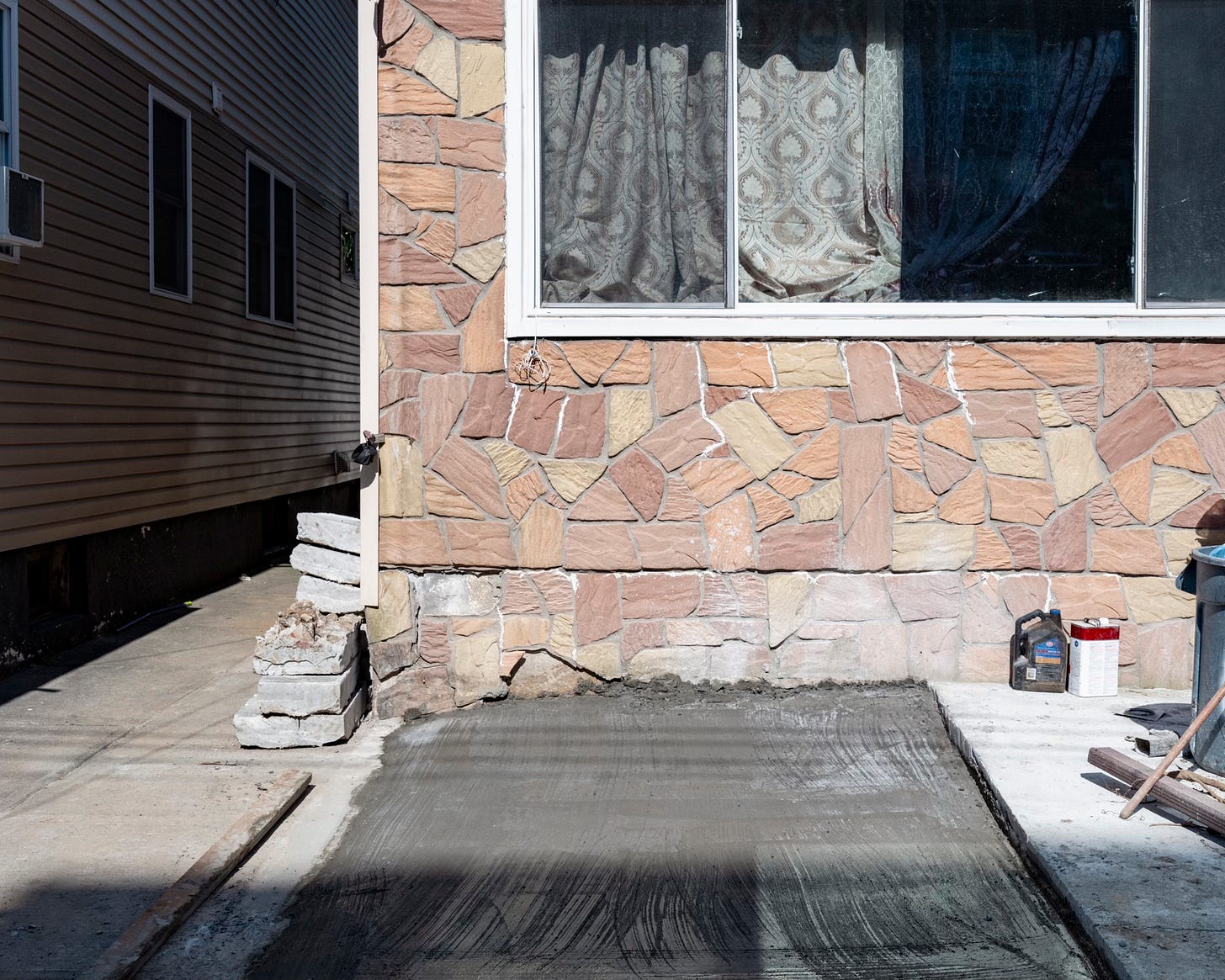
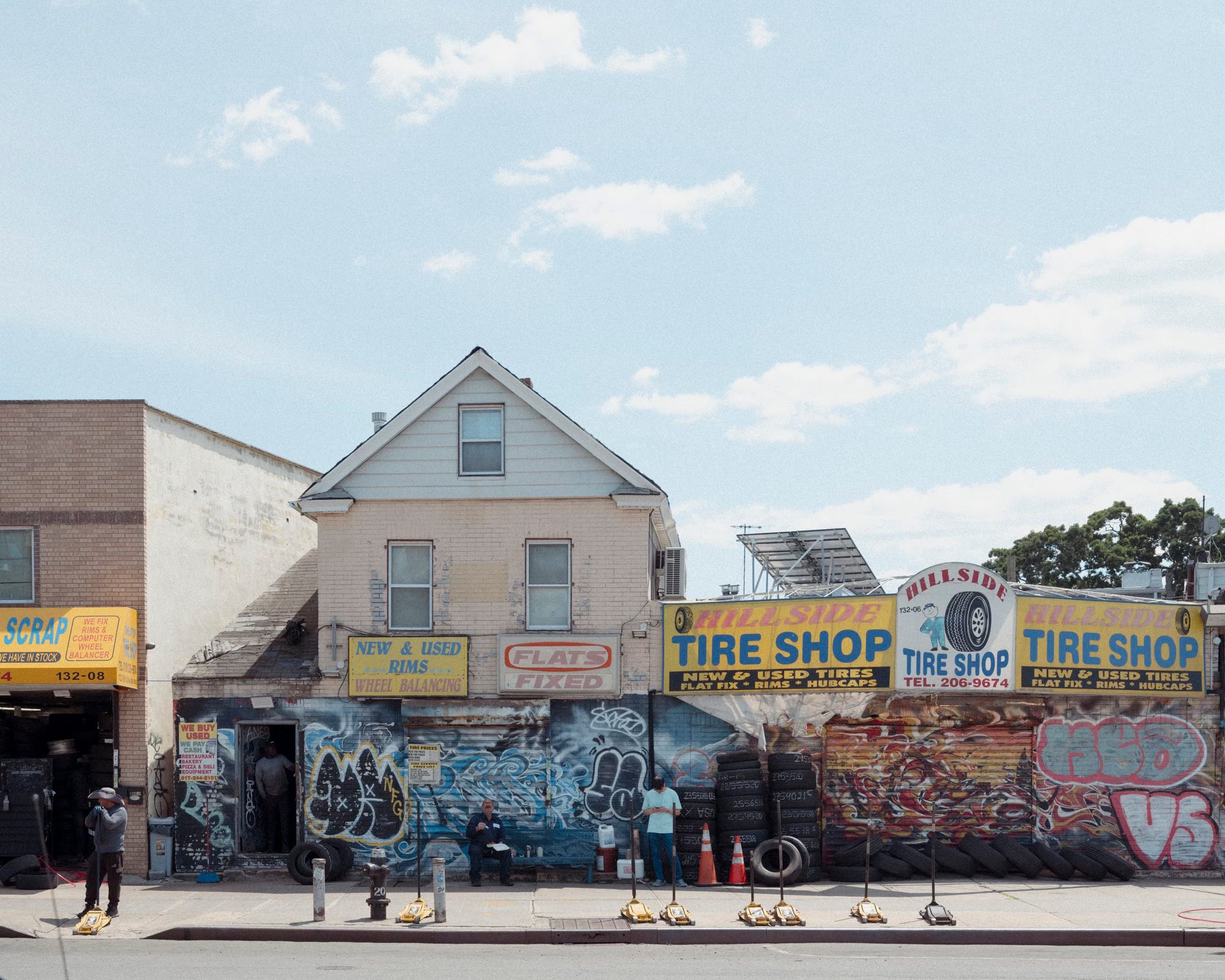
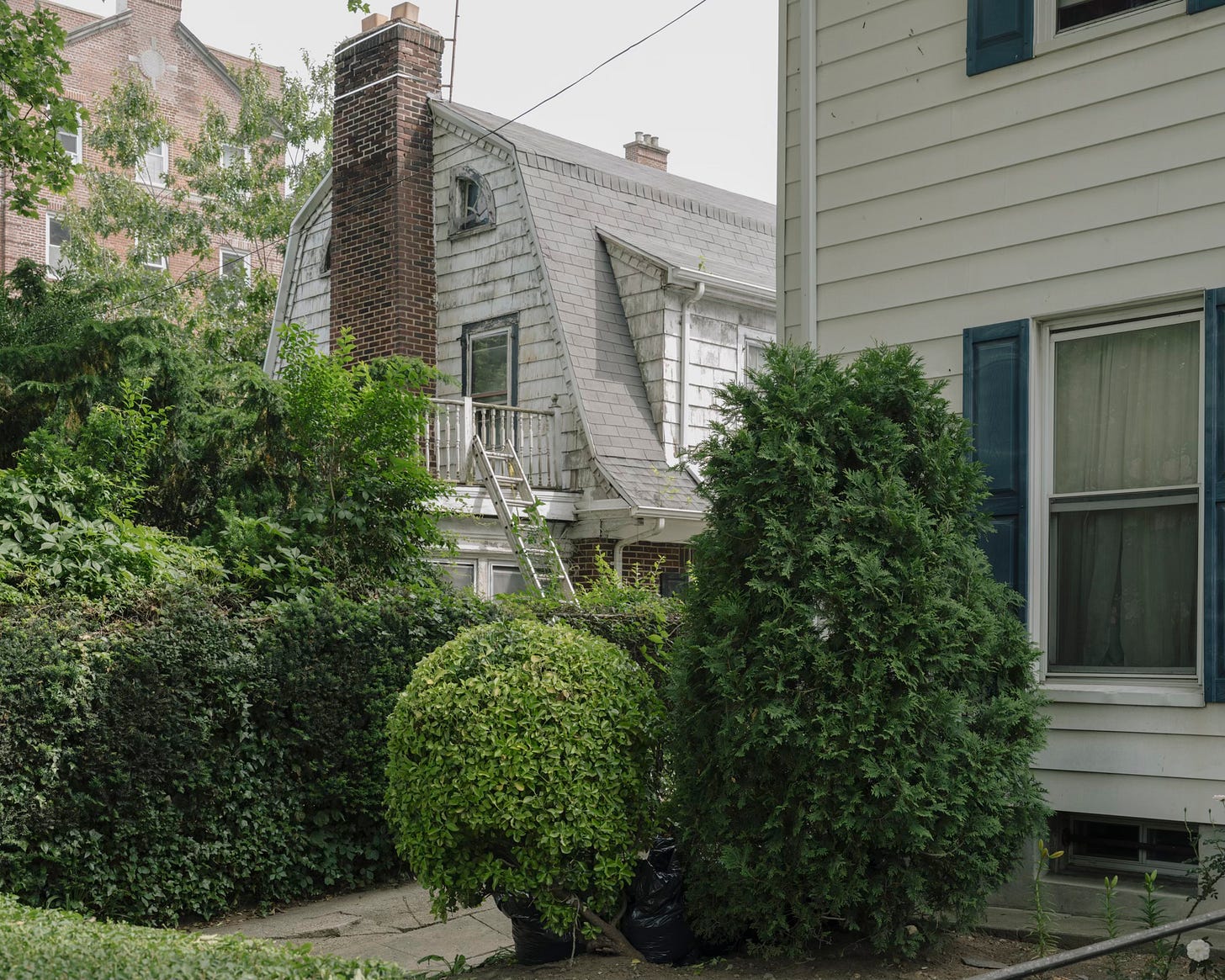
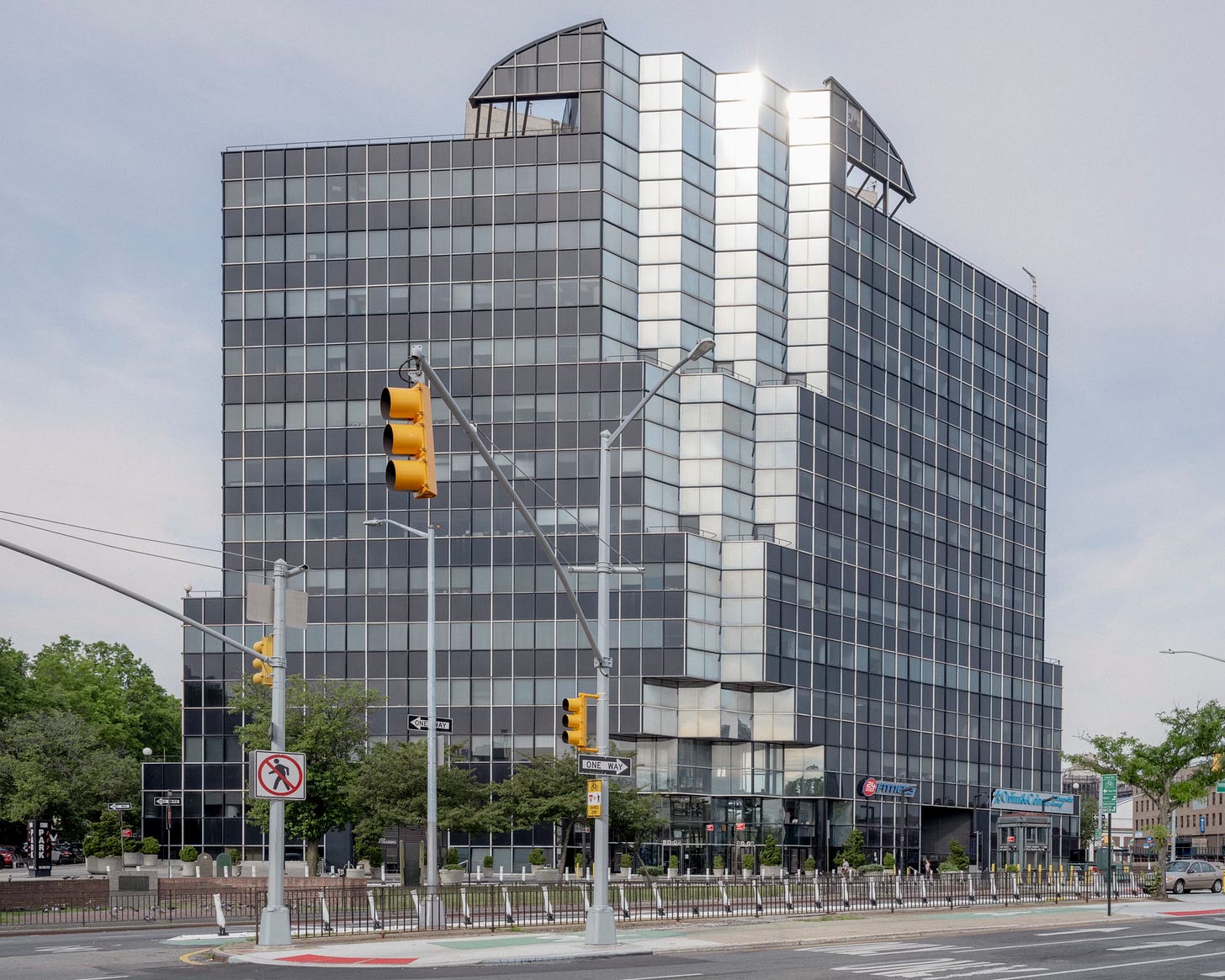

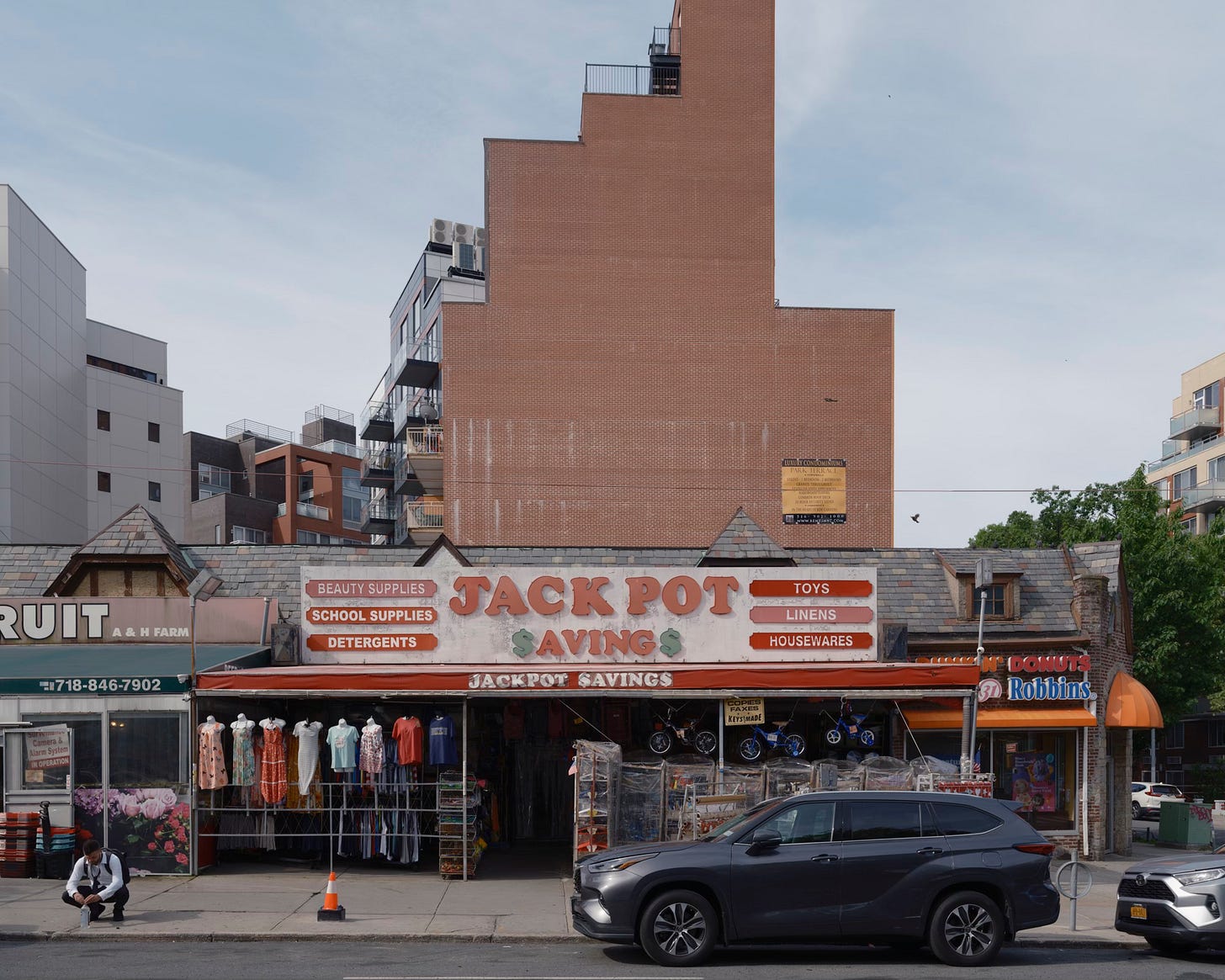
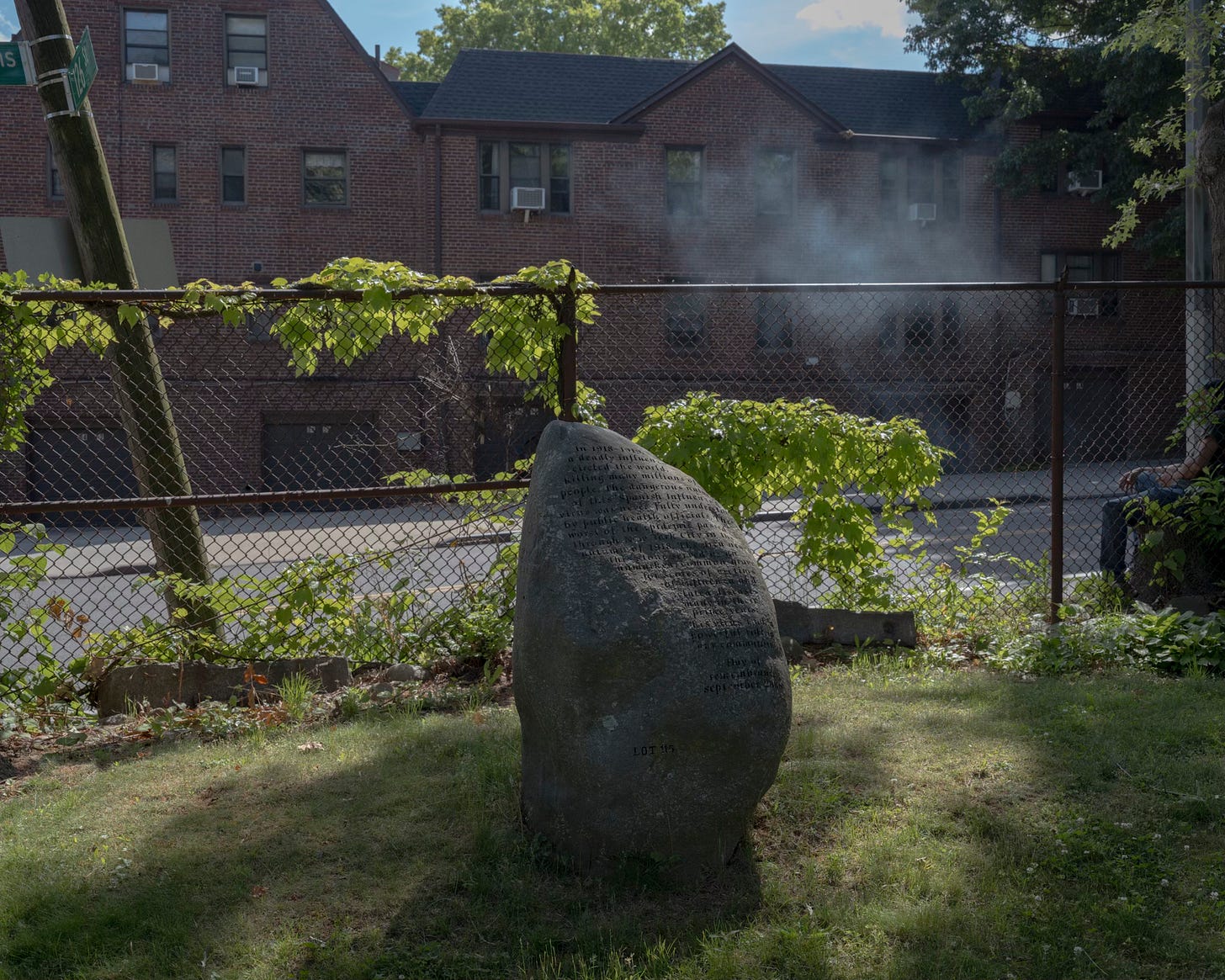

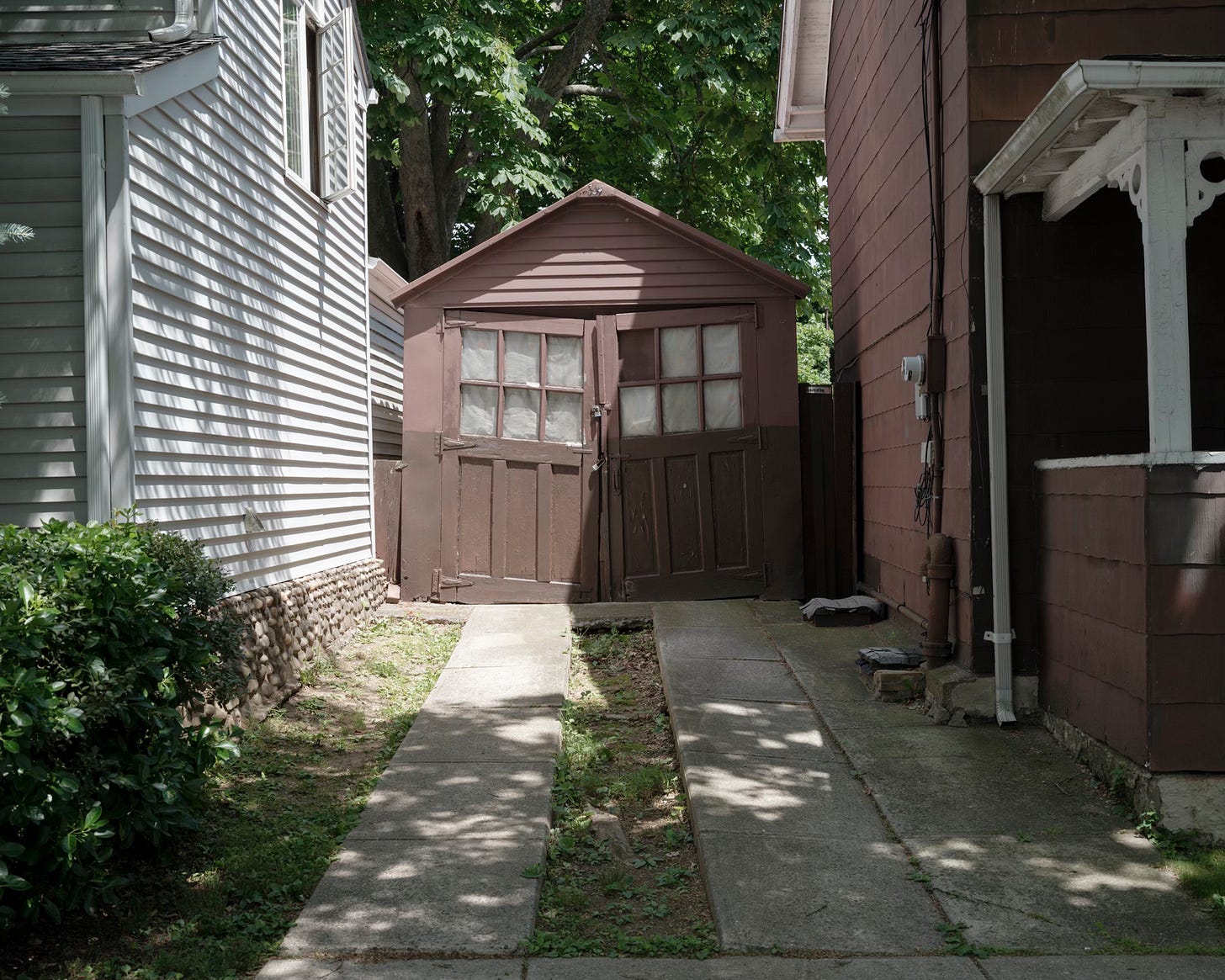
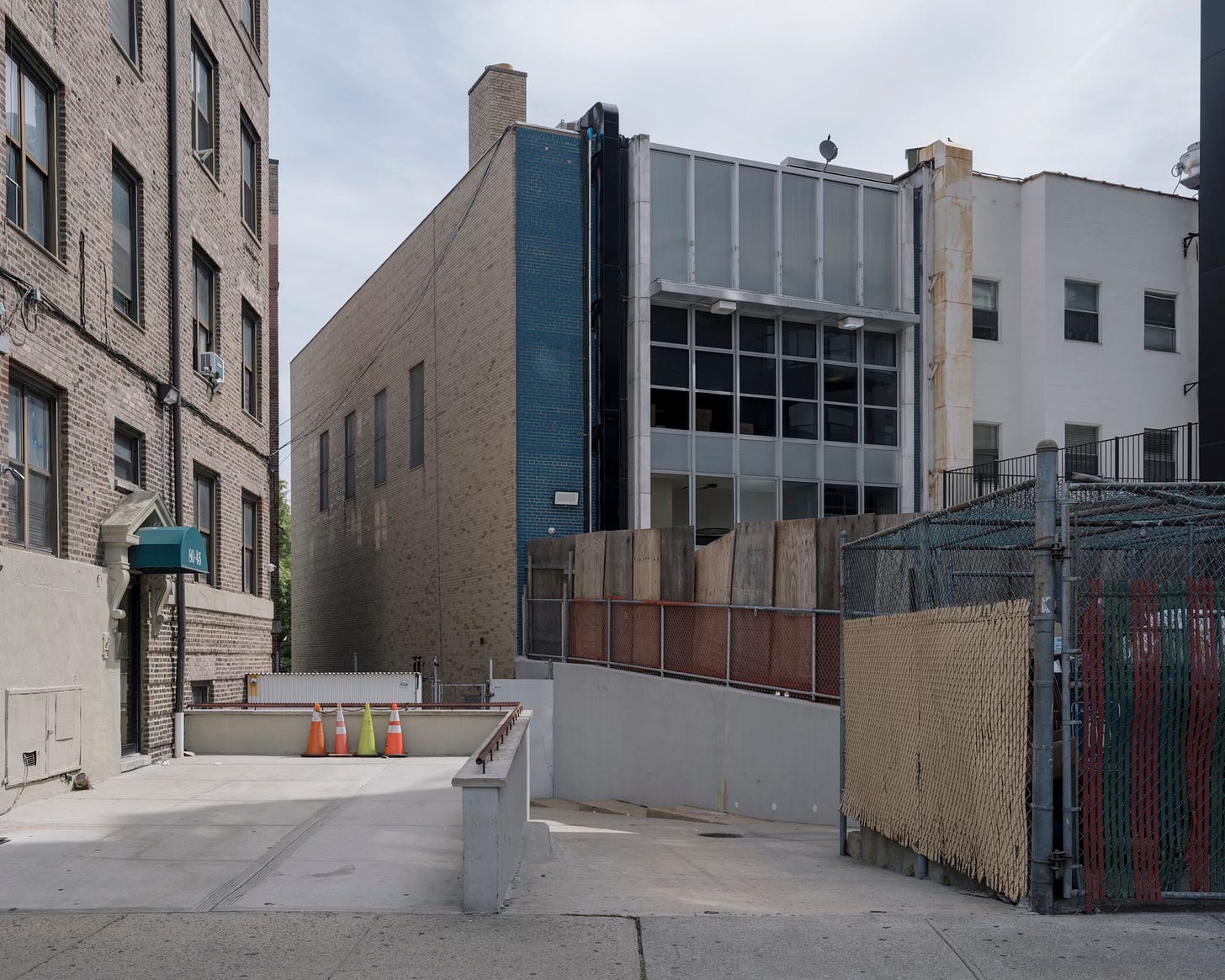
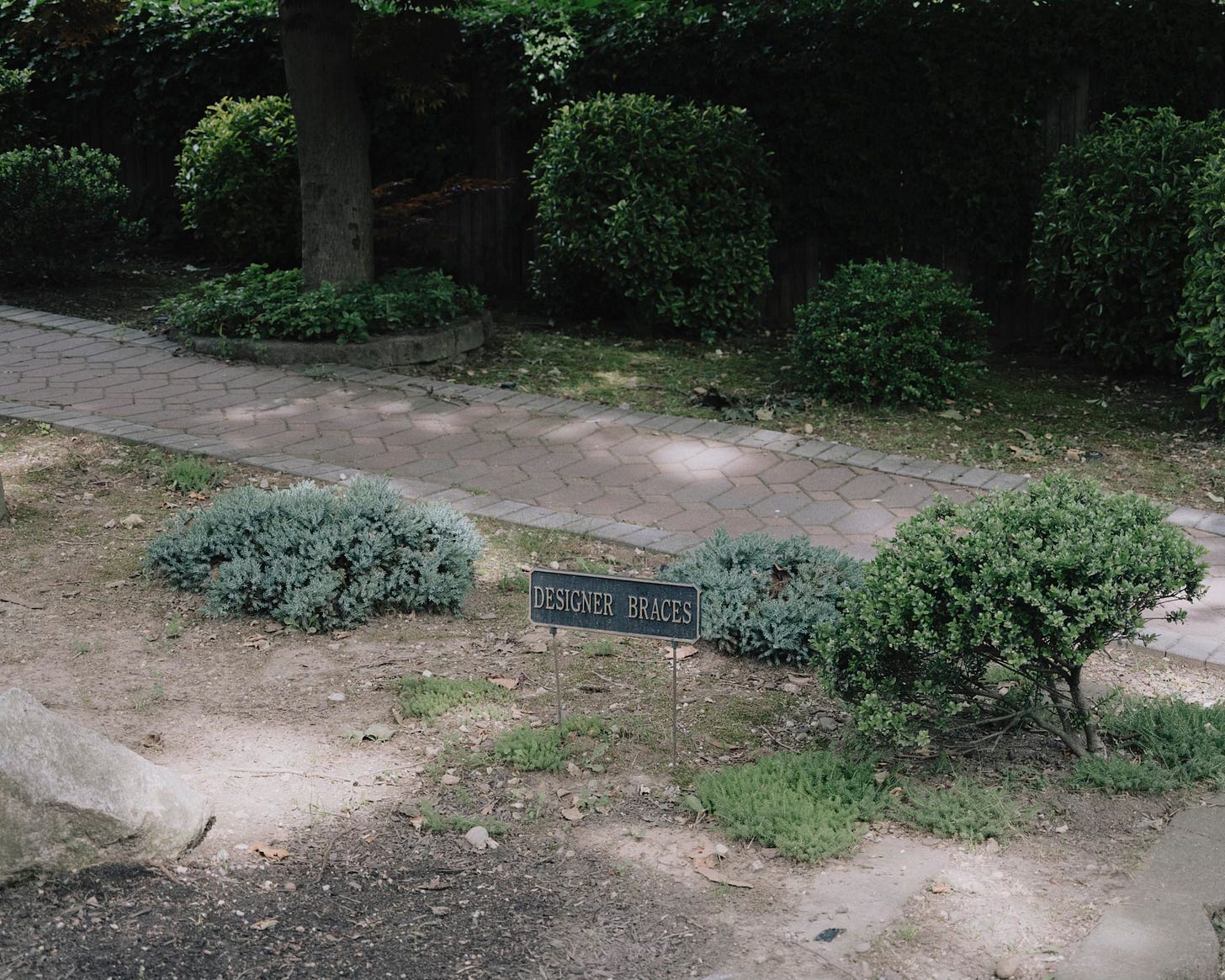
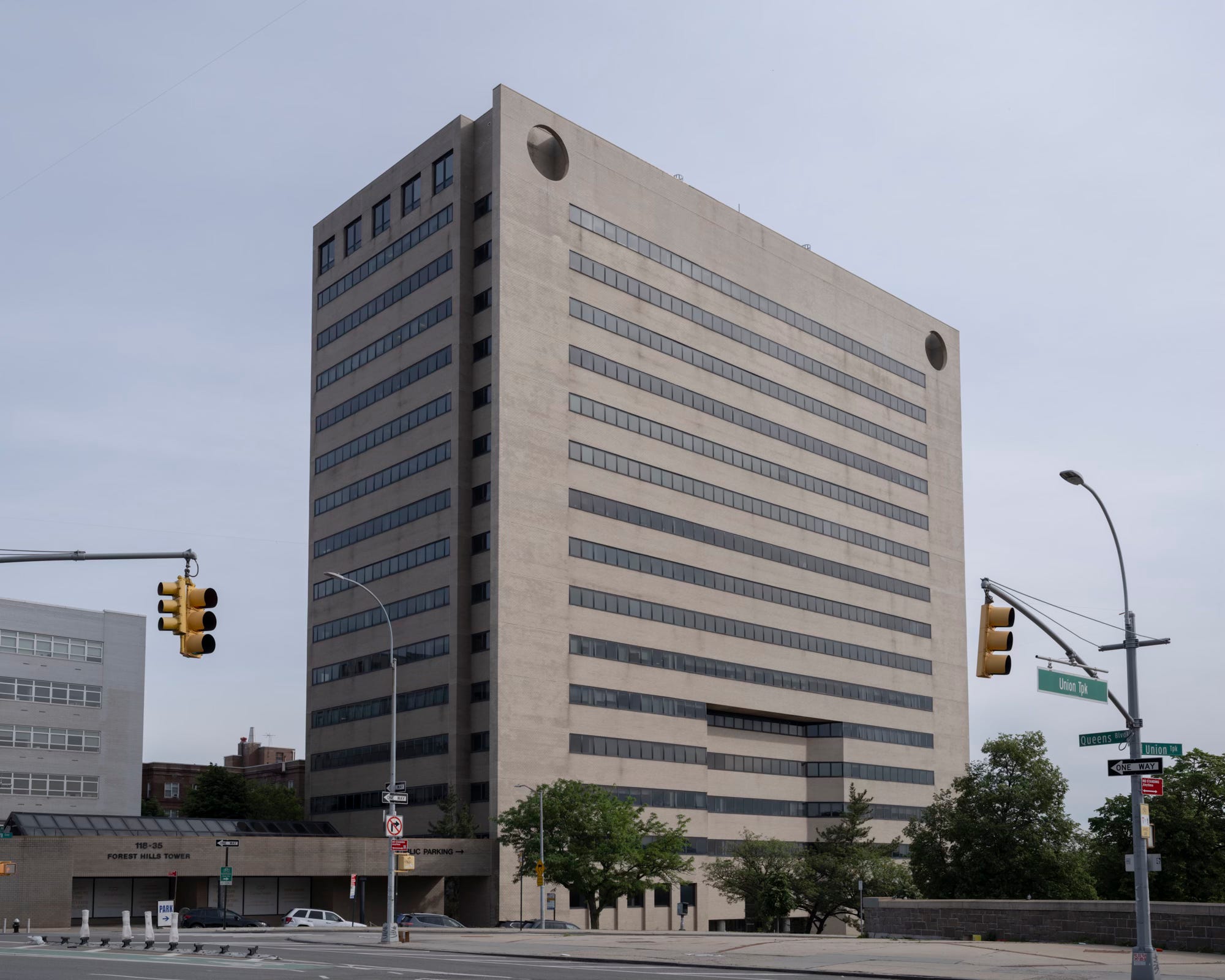
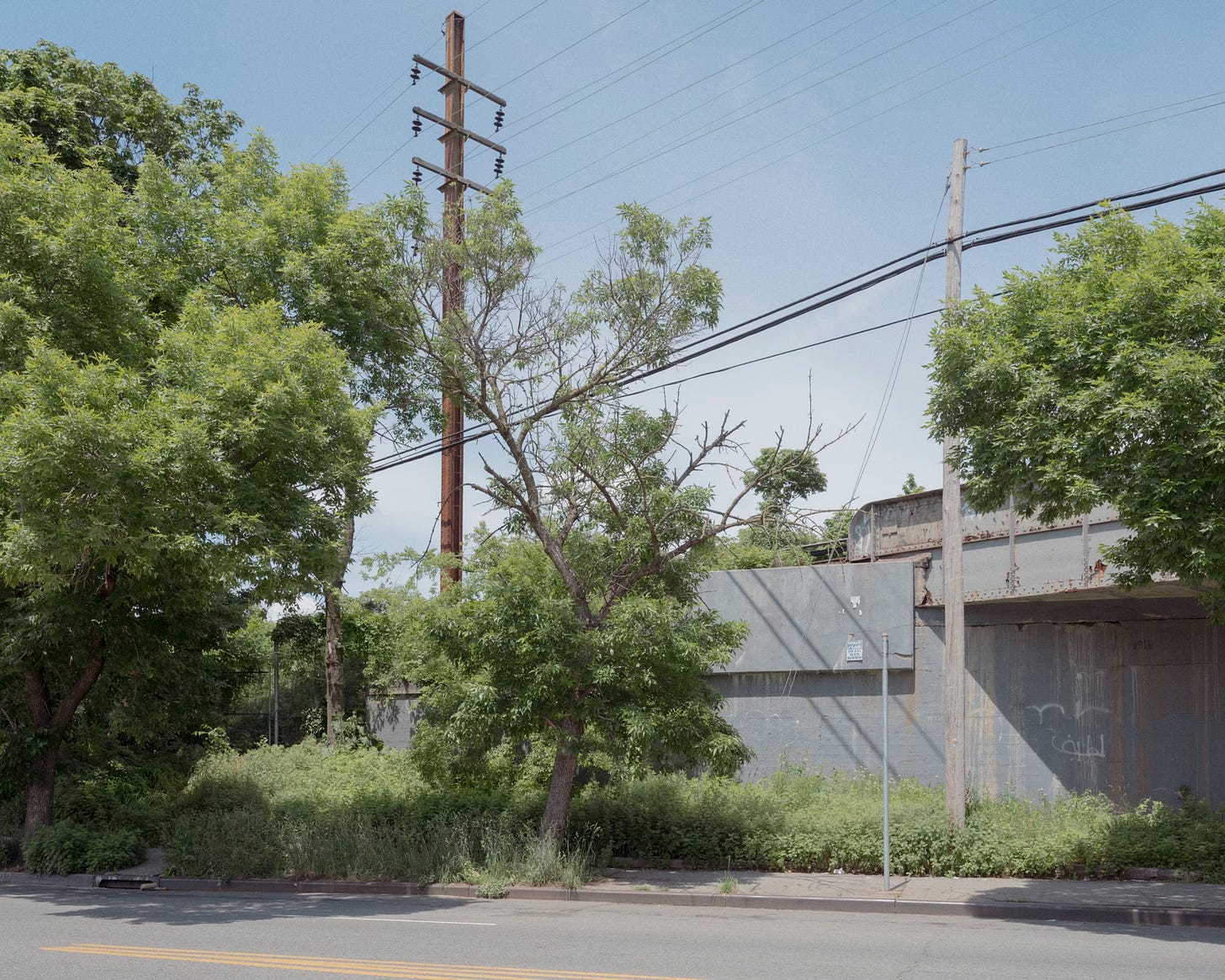

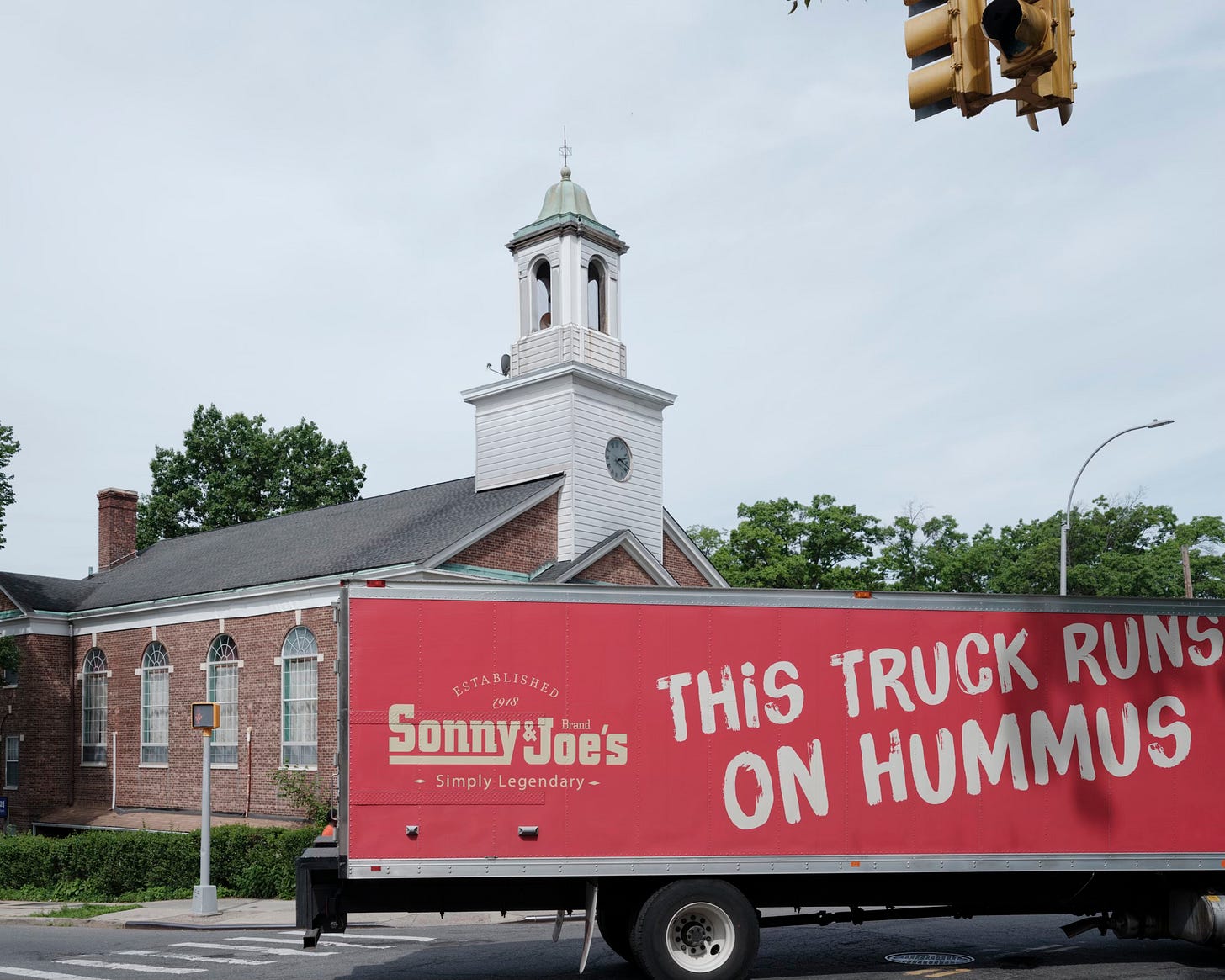
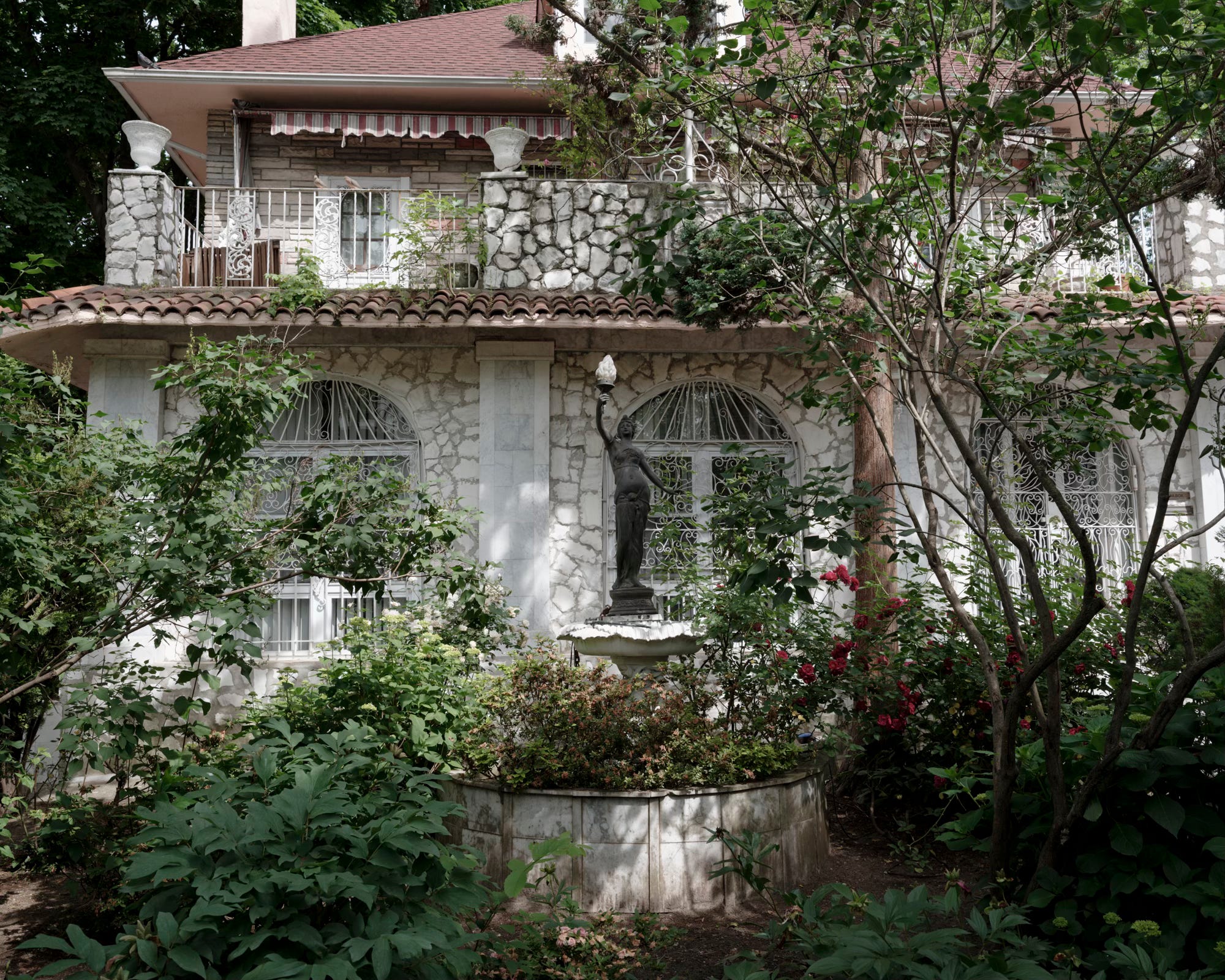
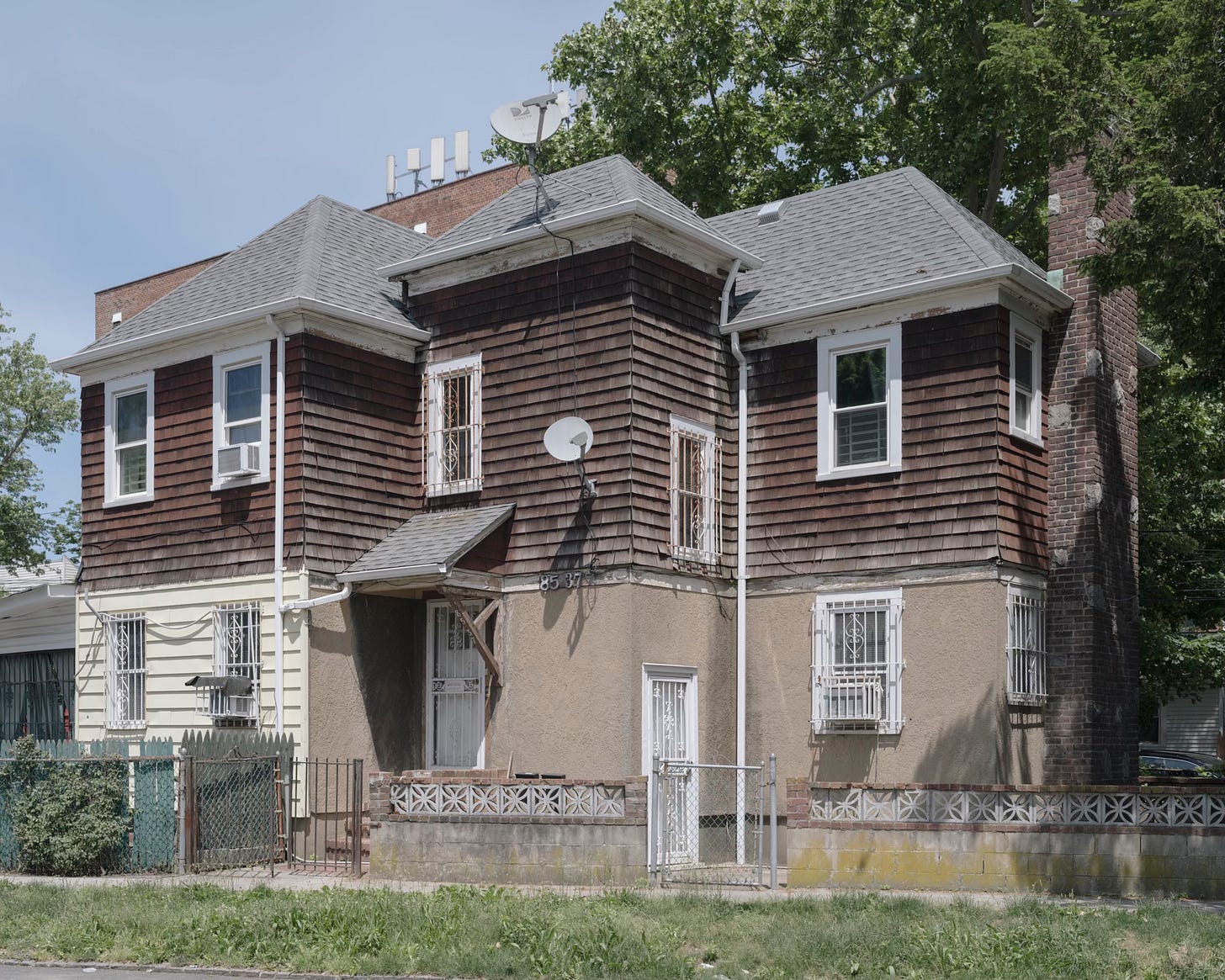

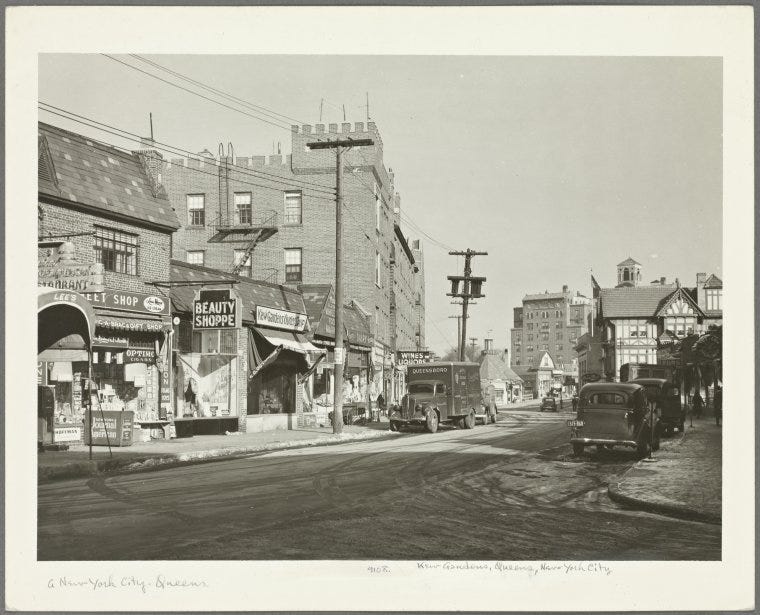
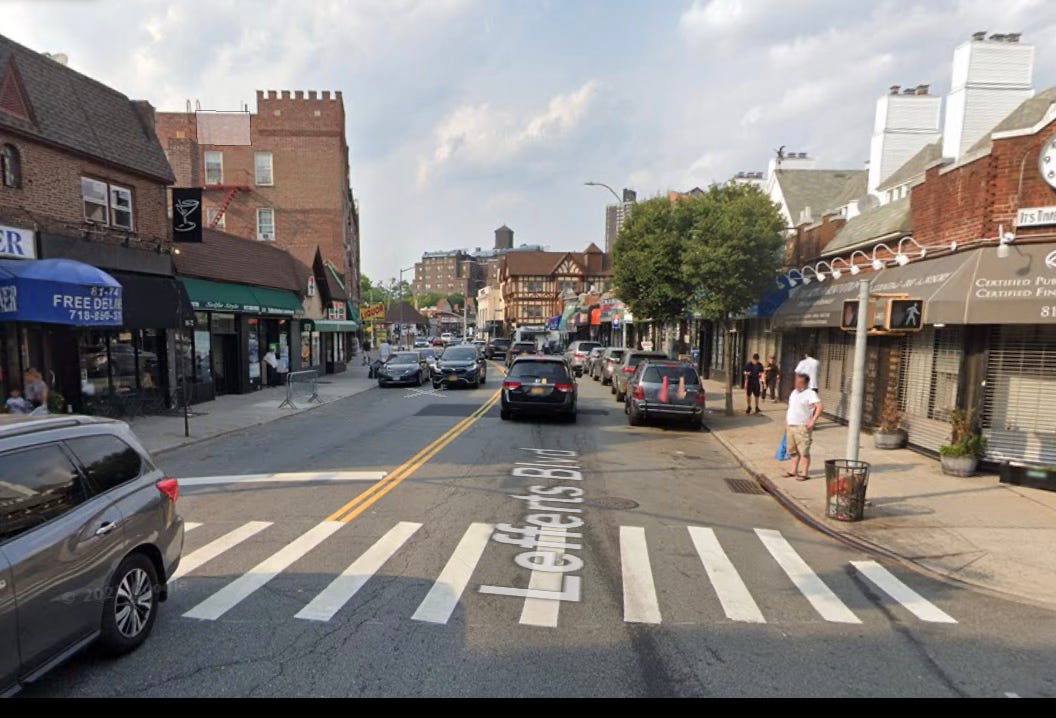
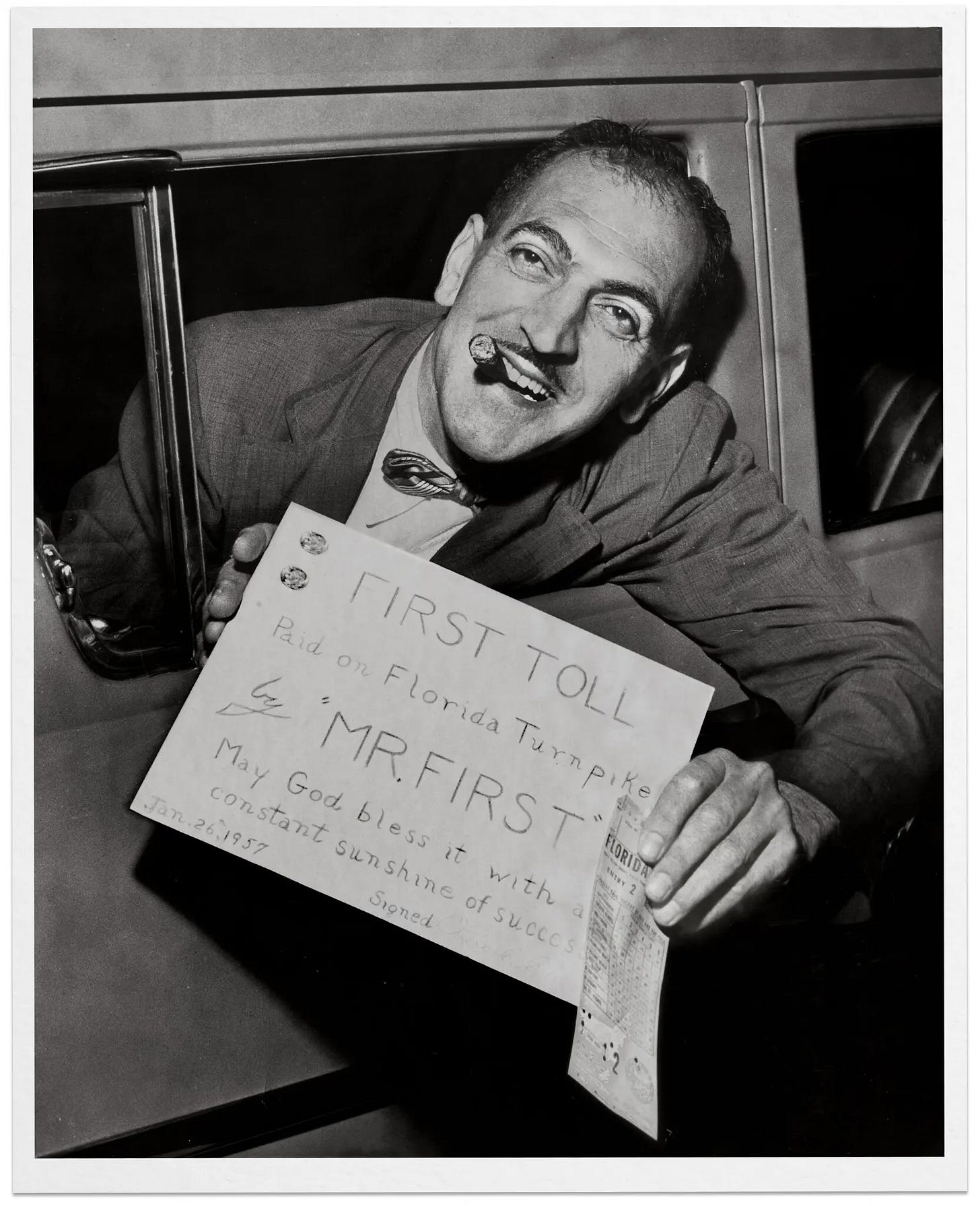

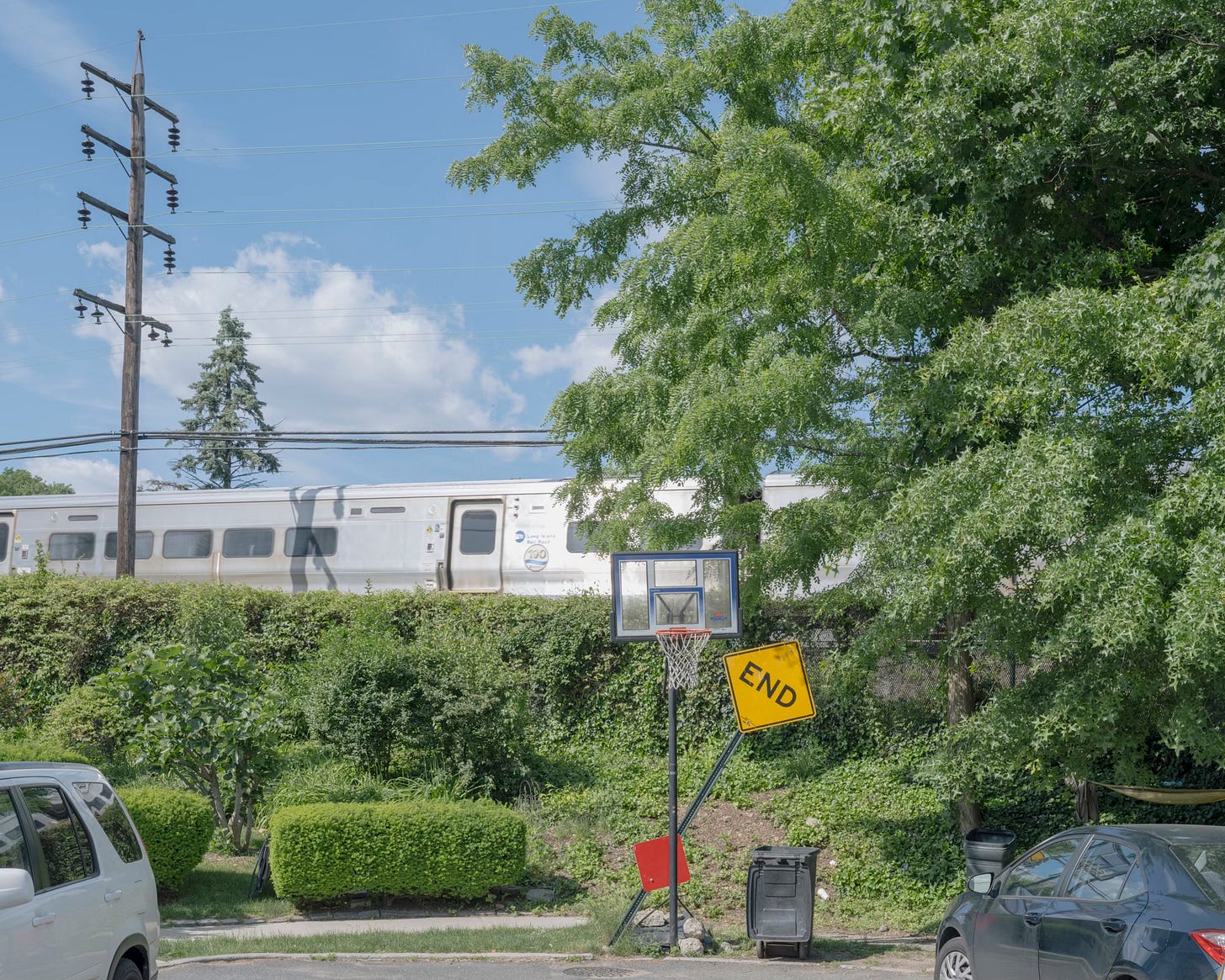
Wow RIP, Omero Catan. He would have loved waiting in lines for stuff in NYC today!
Another fun stroll through an interesting neighborhood. I didn't know about Dangerfield, nor Crew Gardens, nor about Mr. First; but this line about the realtor takes the cake: " For the next couple of weeks, Ricatto received numerous tips, including one that claimed it was Jesus who stole the signs. That turned out to be a hoax." Thanks for the fun read.